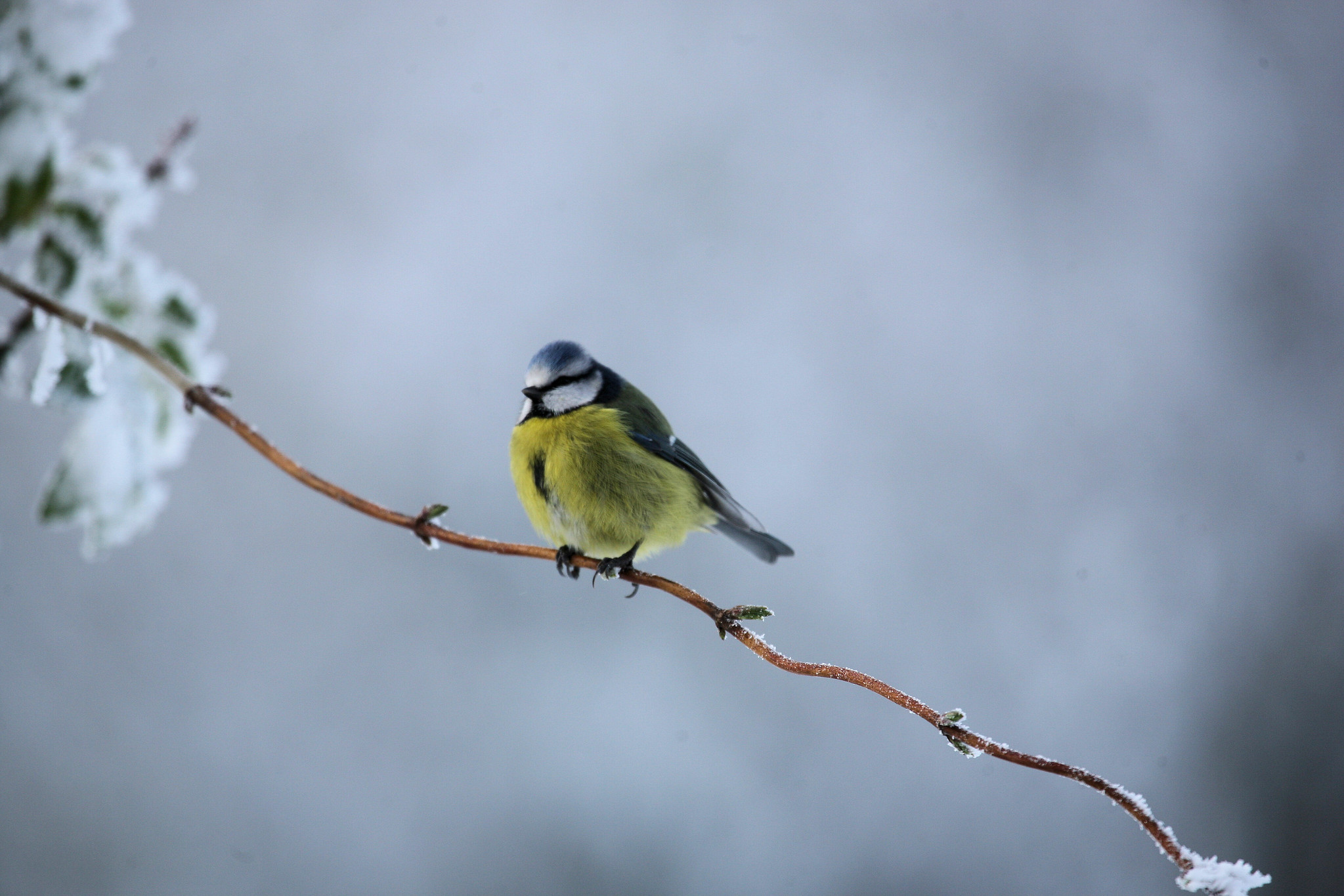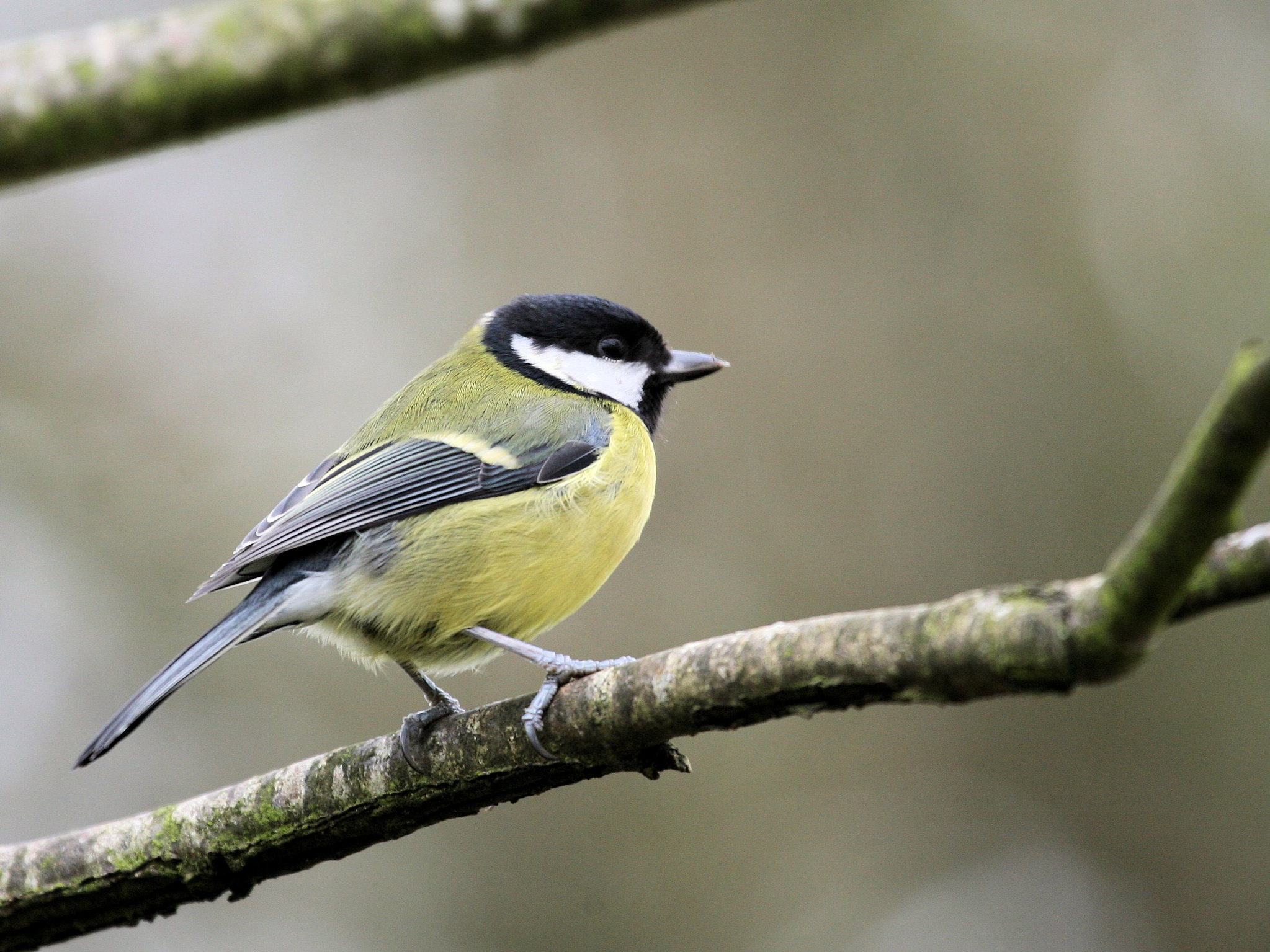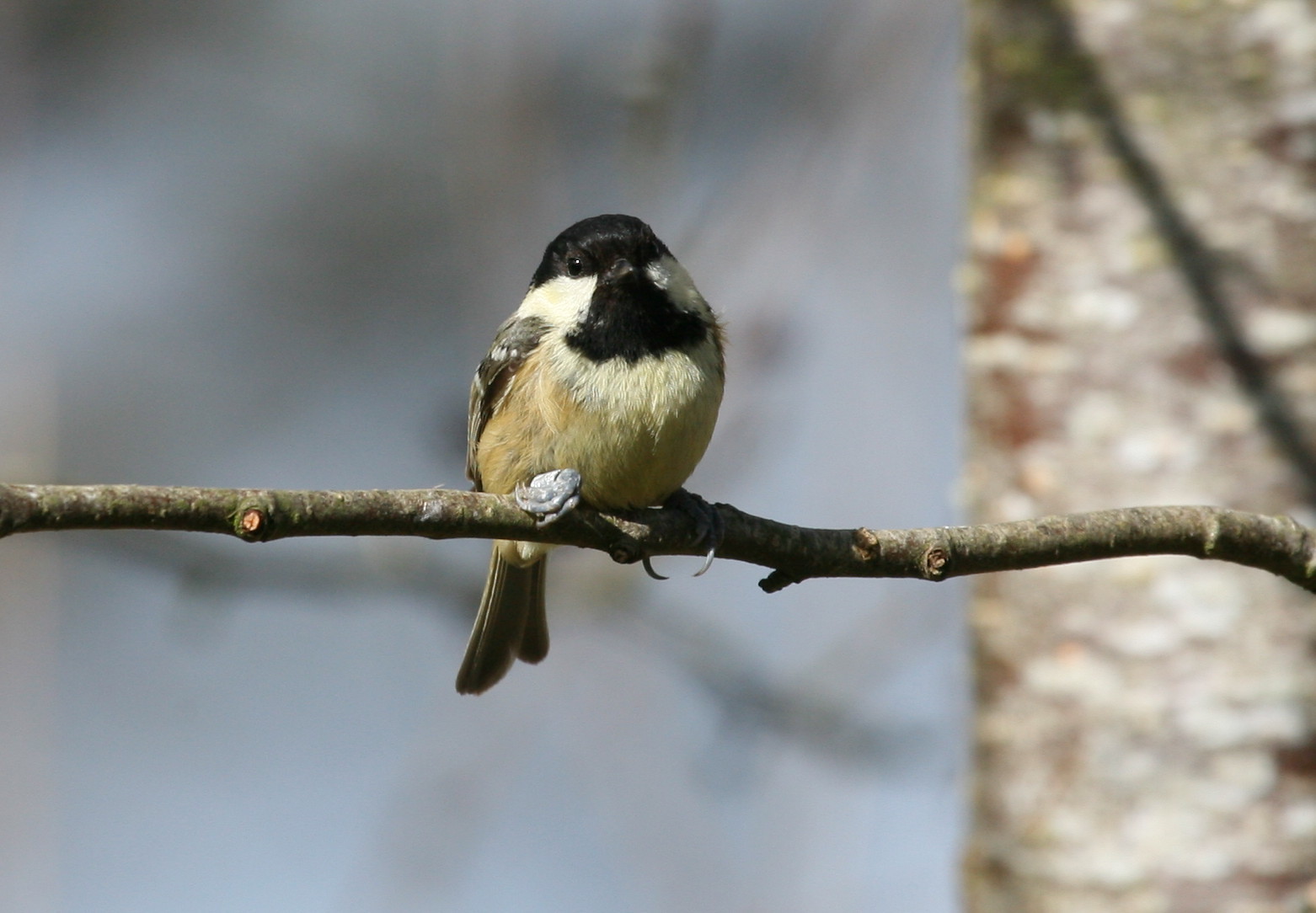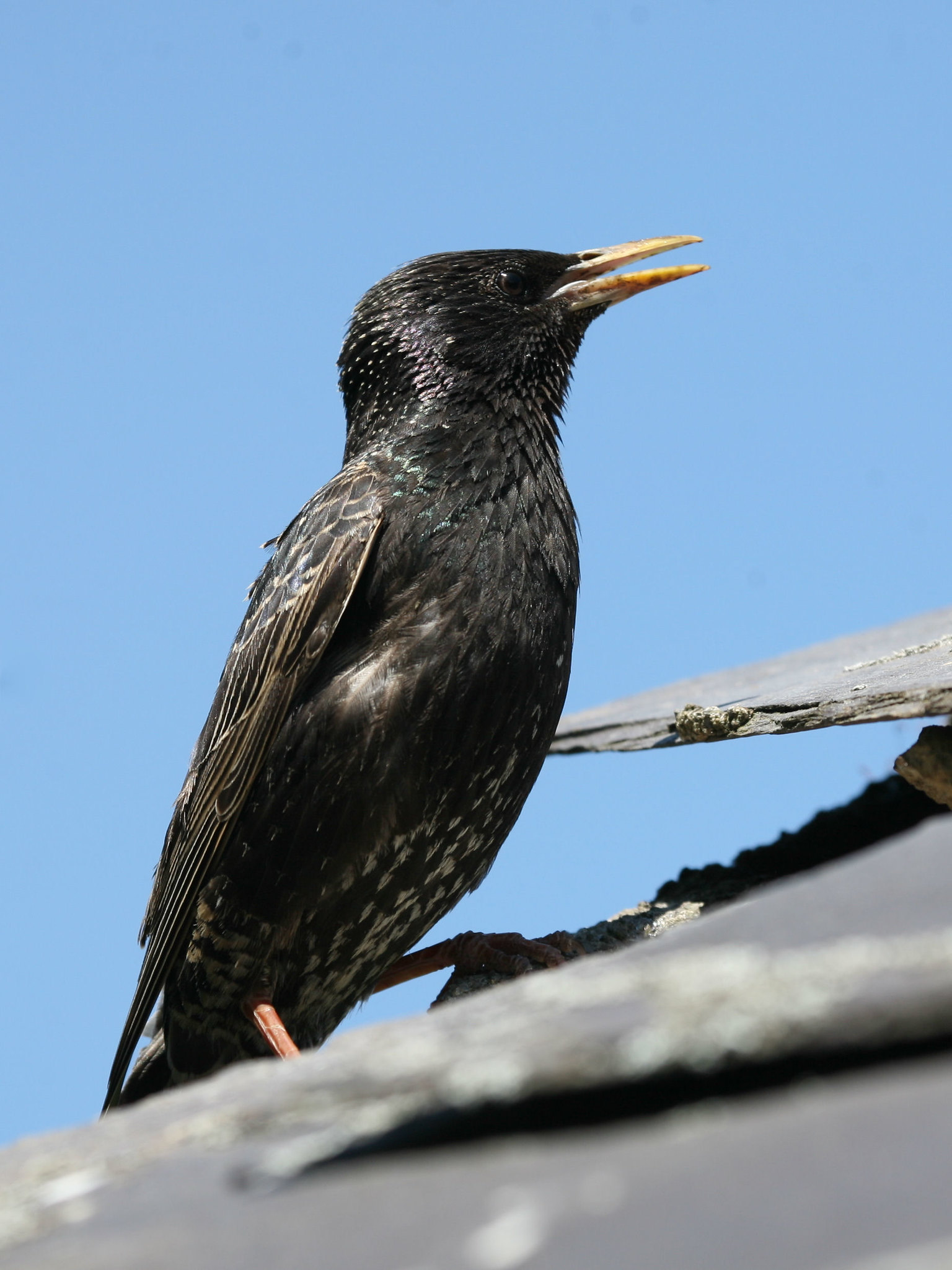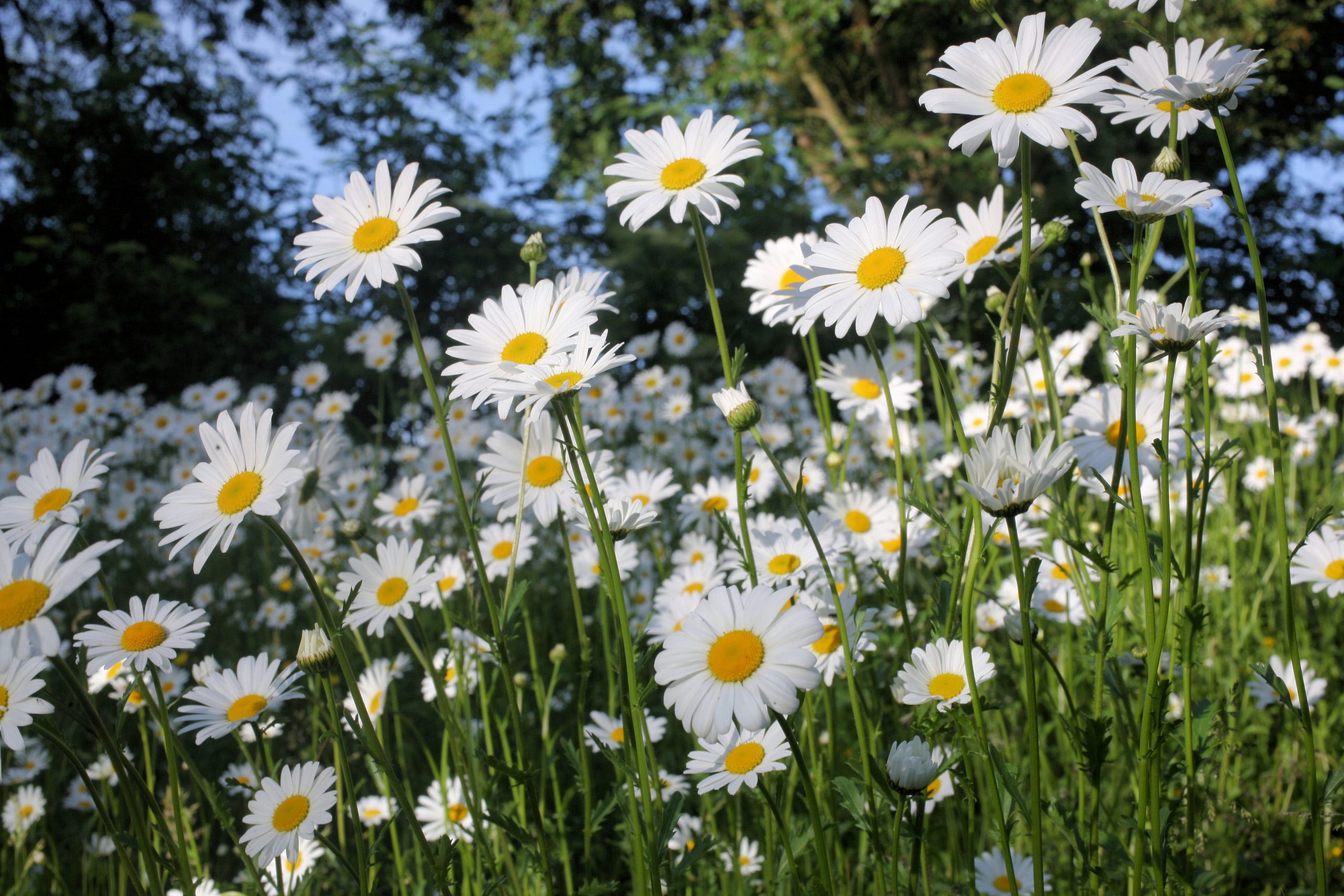
Everyone loves bees
You have to hand it to the bees, but they are masters of public relations. Everyone loves bees. They have a special day dedicated to them each year, World Bee Day, which falls on 20th May, right in the middle of Biodiversity Week. That, in itself, is nothing special for all types of creatures have special days. What sets World Bee Day apart is that the bees managed to convince the EU Commission no less, to launch its latest Biodiversity Strategy 2030 and its From Farm to Fork policy on World Bee Day this year. Our own Department of Agriculture warmly embraces World Bee Day celebrations too. Bees have even inculcated themselves into the workings of our local authority, with Kilkenny County Council developing a special Pollinator Plan and adopting the Garden Bumblebee as its emblem. It is true that bees have a lot going for them. They merrily go about their business pollinating our flowers and crops so we benefit from this valuable service. We refer to this as an ‘ecosystem service’. Imagine how other creature must feel, particularly those that also provide us with valuable ecosystem services? The poor earthworm, tolling away tunneling through our soil, pulling nutrients into the soil and aerating it to help soil fertility but not getting a look in on the PR stakes. Or the carrion beetles the search out flesh to nurture by burying it to feed their young. In the process they stop rotting flesh lying around everywhere and help to recycle nutrients back into the ground. And the poor parasitic wasps; not only does their sterling work to keep the populations of pests at bay go unnoticed, they are themselves regarded as pests. It really is an unfair world.
Ireland is home to 99 bee species; only one is the honey bee, 20 are bumblebees and the remainder are solitary bees. I have to admit I do not pay as much attention to the bees in my garden as I should, but I enjoy watching the bumblebees. I think our garden must be near perfect for them, for it seems to provide everything that bumblebees require to thrive. Bumblebees need some areas with long grass for them to nest; definitely we have that in over supply for our bumblebee friends. They also need a variety of different flowers for nectar and pollen throughout their flight period, to feed themselves but also to help raise their young. Perhaps the most critical time of the year for bumblebees is in the first few weeks of spring when the queens emerge from hibernation. They must feed well to get in good shape to breed, and this is the time of year when food sources are most in short supply. Well, we don’t cut our dandelions so any that grow are available for the bumblebees to feed on. And I notice there is quite a bit of red dead-nettle in flower in spring that the bumblebees love. The Cherry tree also acts as a magnet for the bumblebees when it is in flower. We haven’t planted many flowers in our garden, but instead we have a good variety of wildflowers growing wild, that bumblebees can feed on. There is something special about watching the bumblebees going about their business, visiting flower after flower on the ‘Highway’ a 20 square metre area of meadow that we planted for biodiversity. So on the provision of feeding sources, I think our gardens scores fairly highly too. The other major threat to bumblebees is the use of pesticides. There is not much in this life the I can take the high moral ground on, but on this front, I can hold my head up high. We wouldn’t be seen dead with a can of pesticide.
I read that if only 5% of the land provides good conditions for pollinators, then the pollination benefits extend to the full 100% of the area. So I am pleased to know that our three quarters of an acre garden bee oasis is the source for a much more extensive pollination services that extends for hundreds of metres into the surrounding farmland.
Here are some of the bumblebees that I have recorded in the garden.
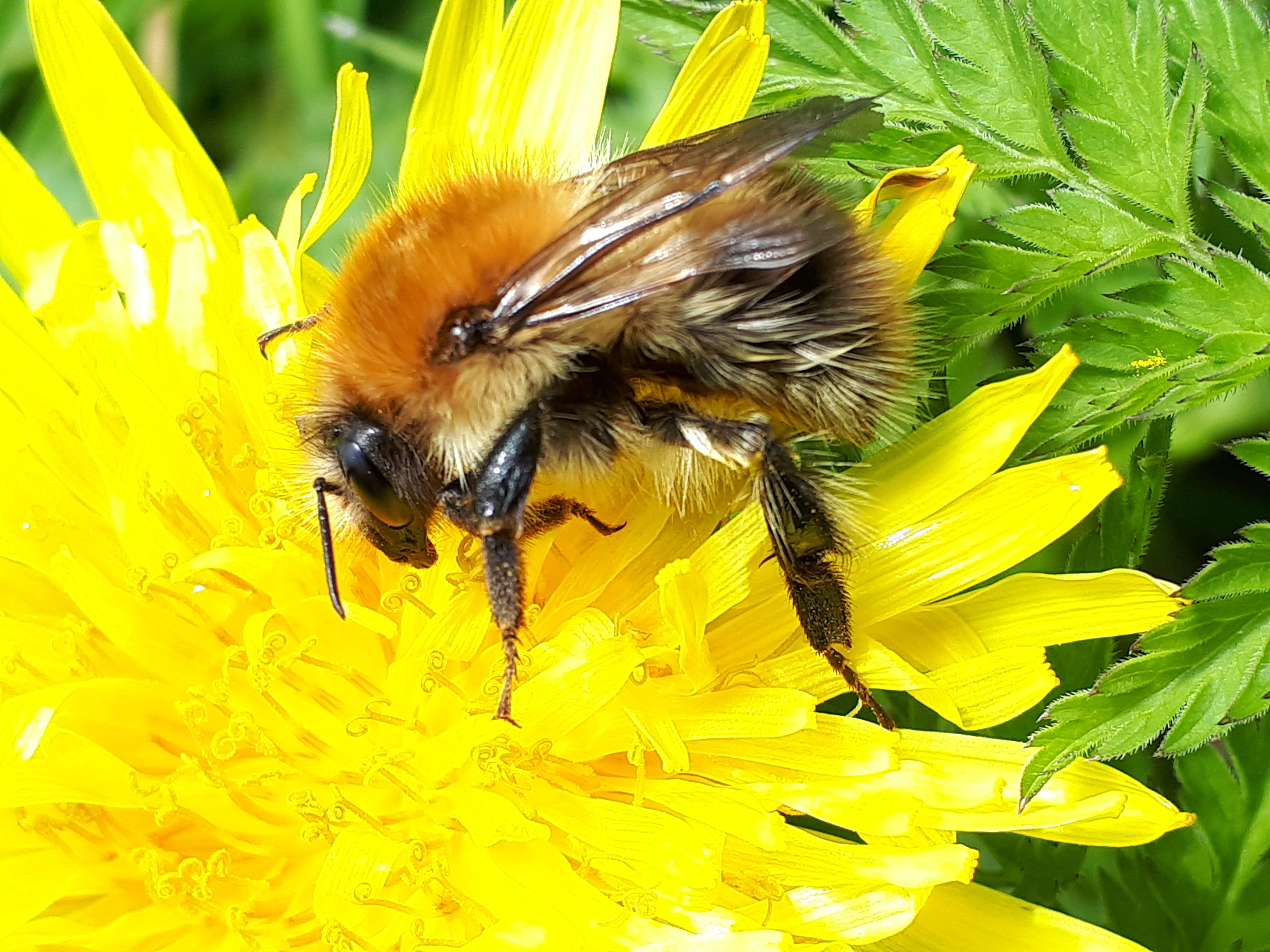
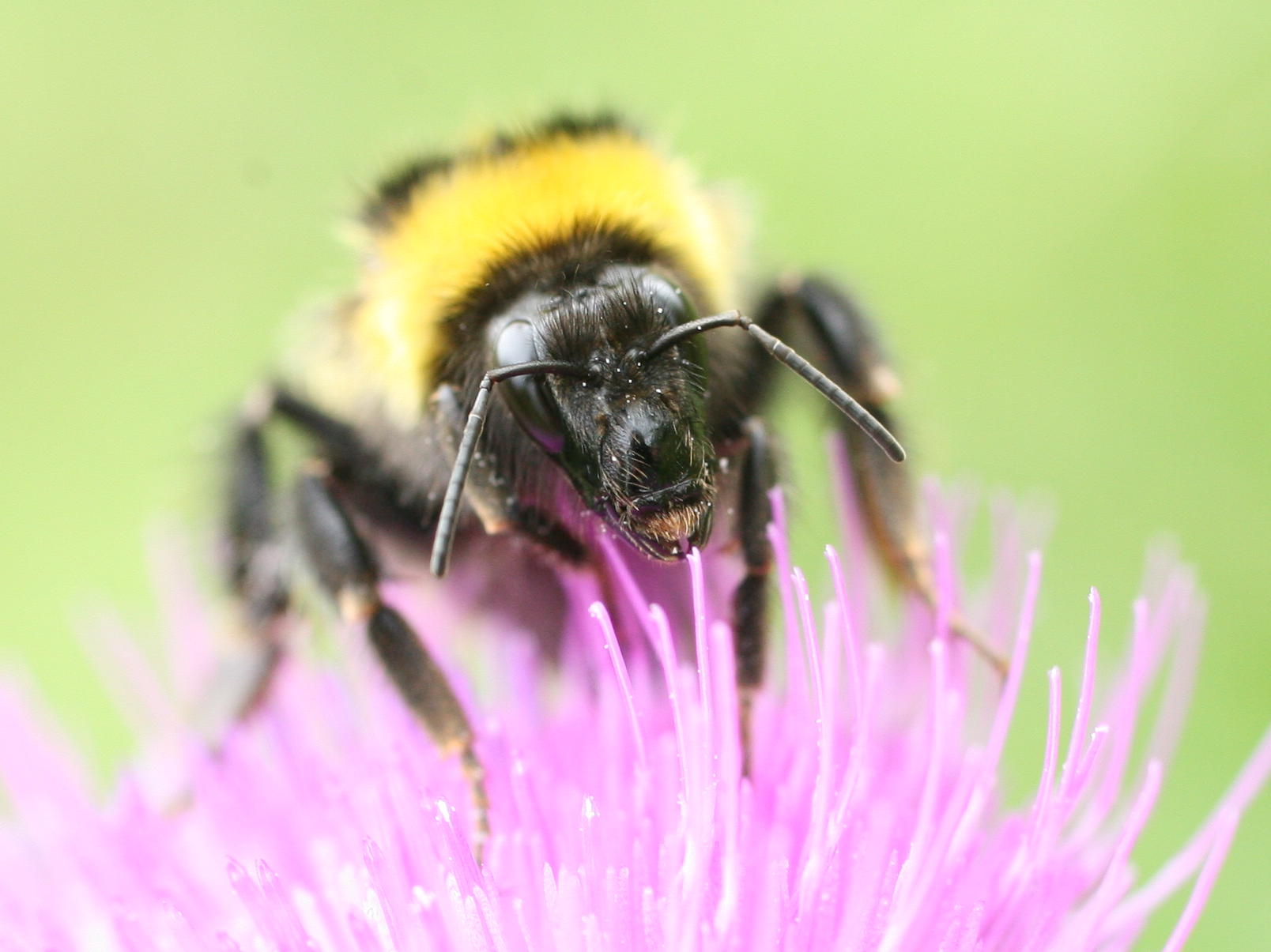
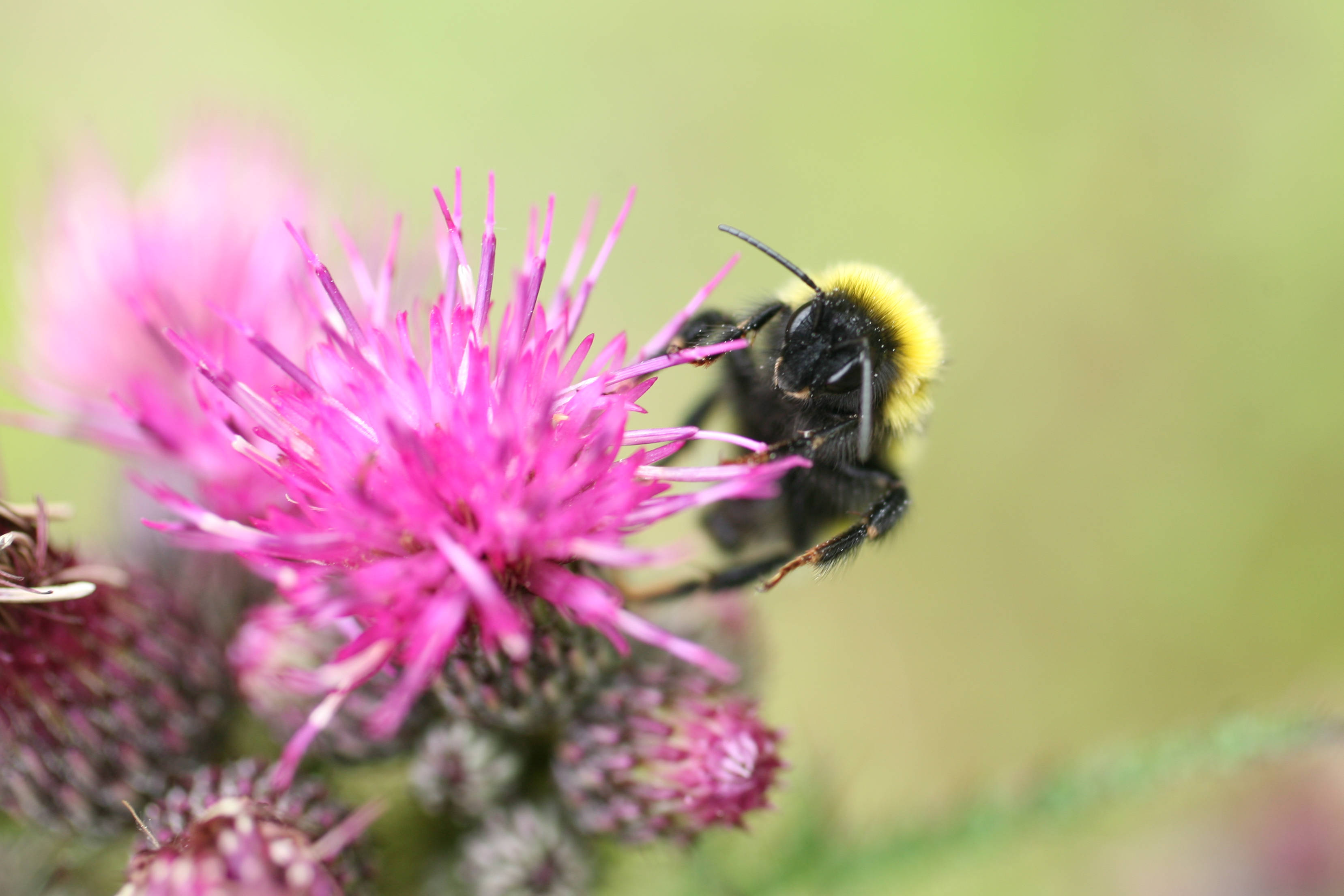
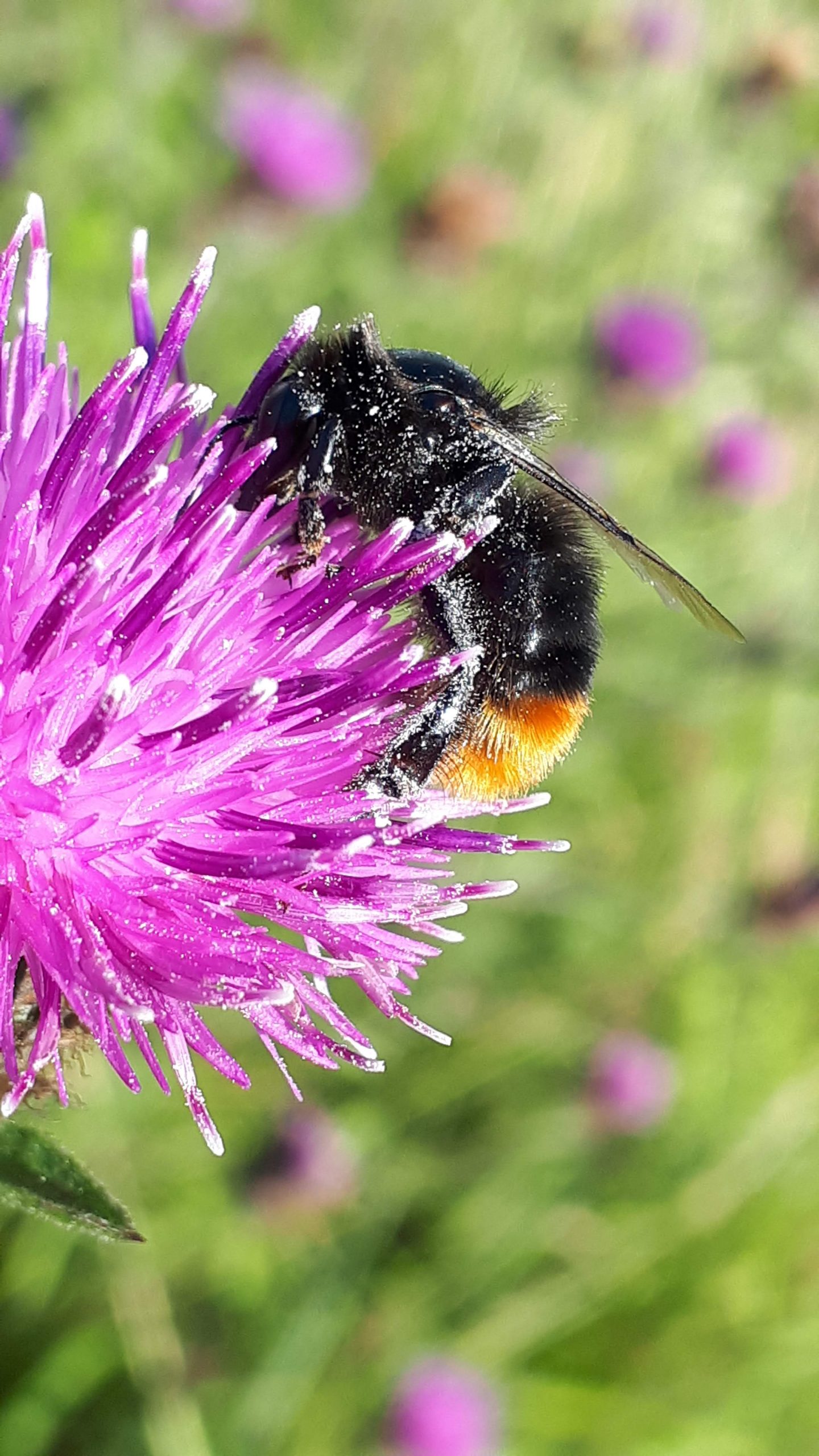
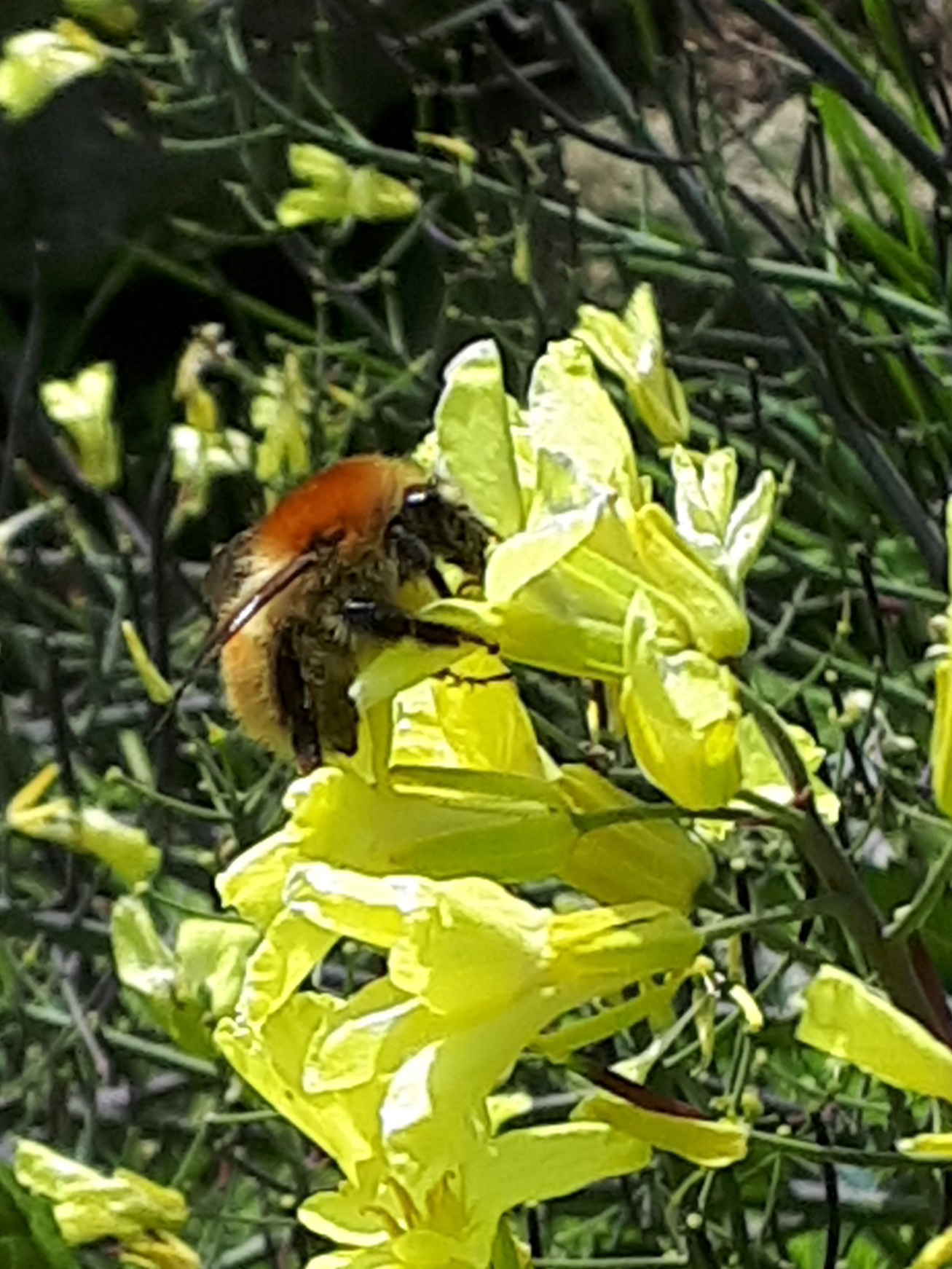

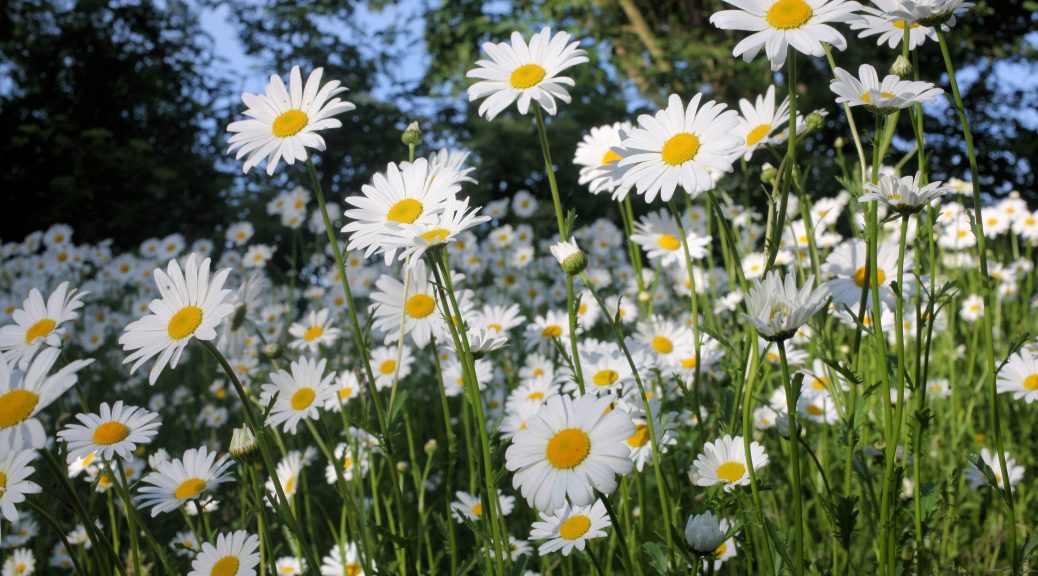
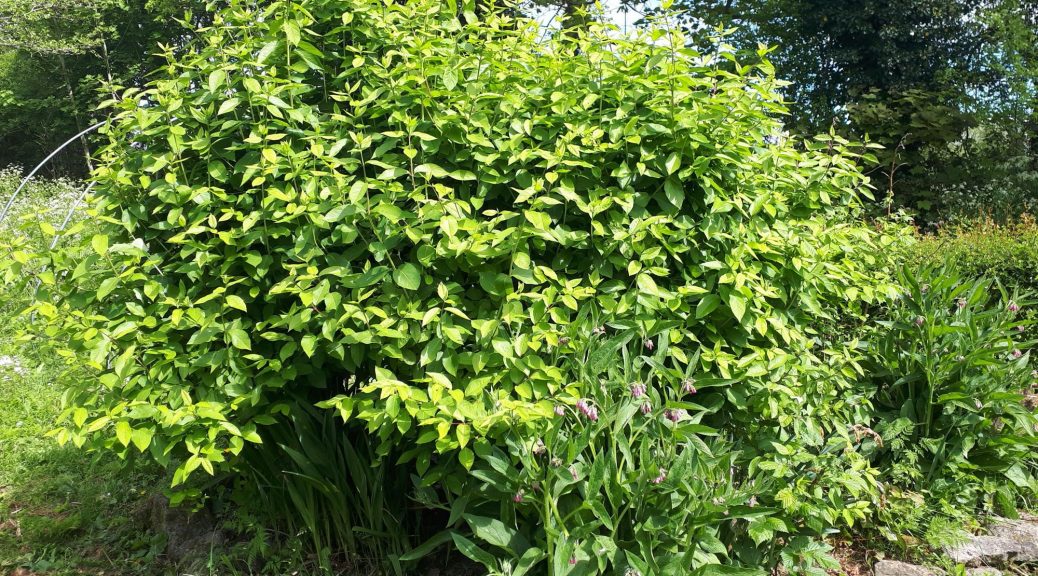
 Getting to grips with hoverflies
Getting to grips with hoverflies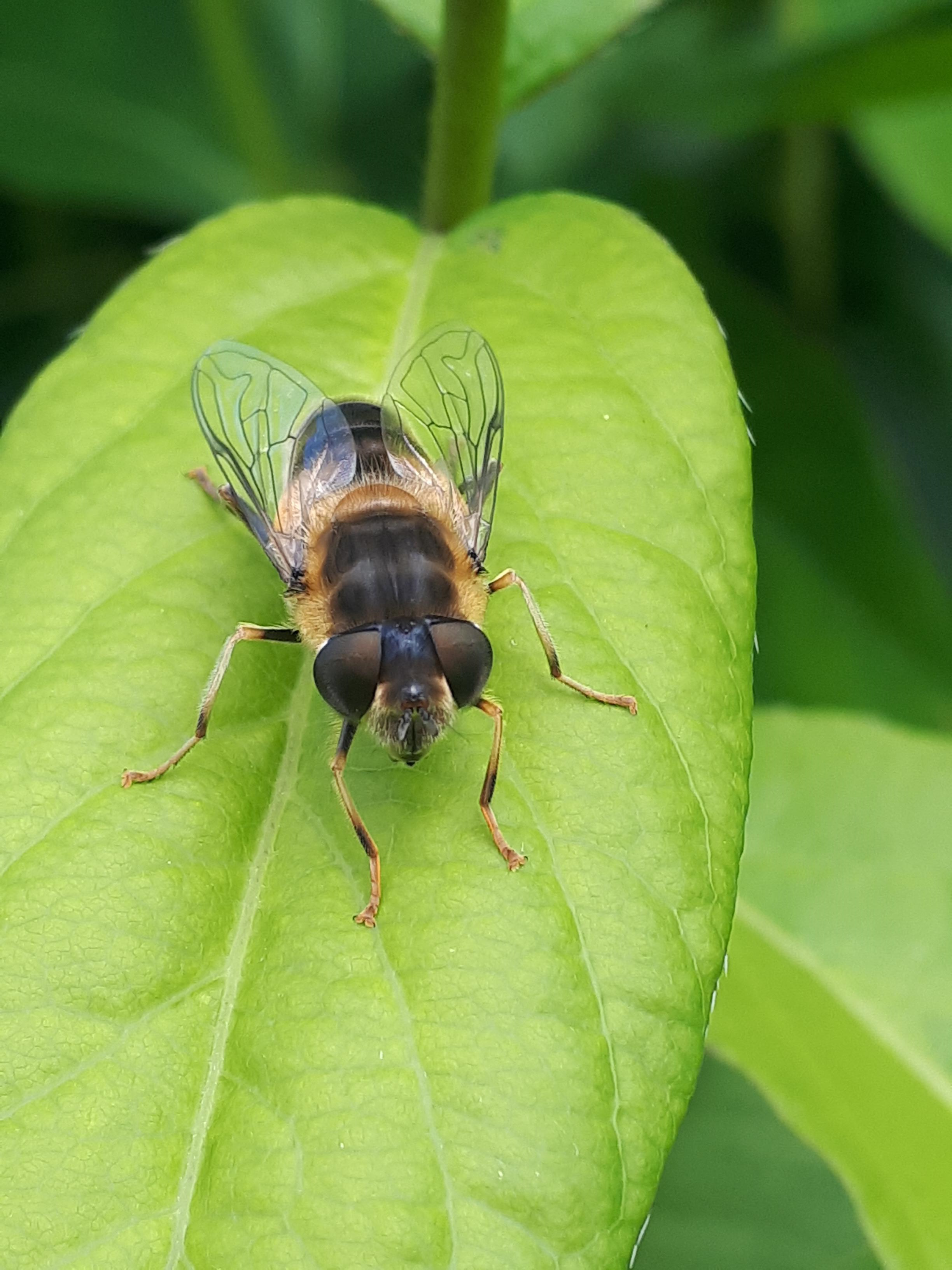
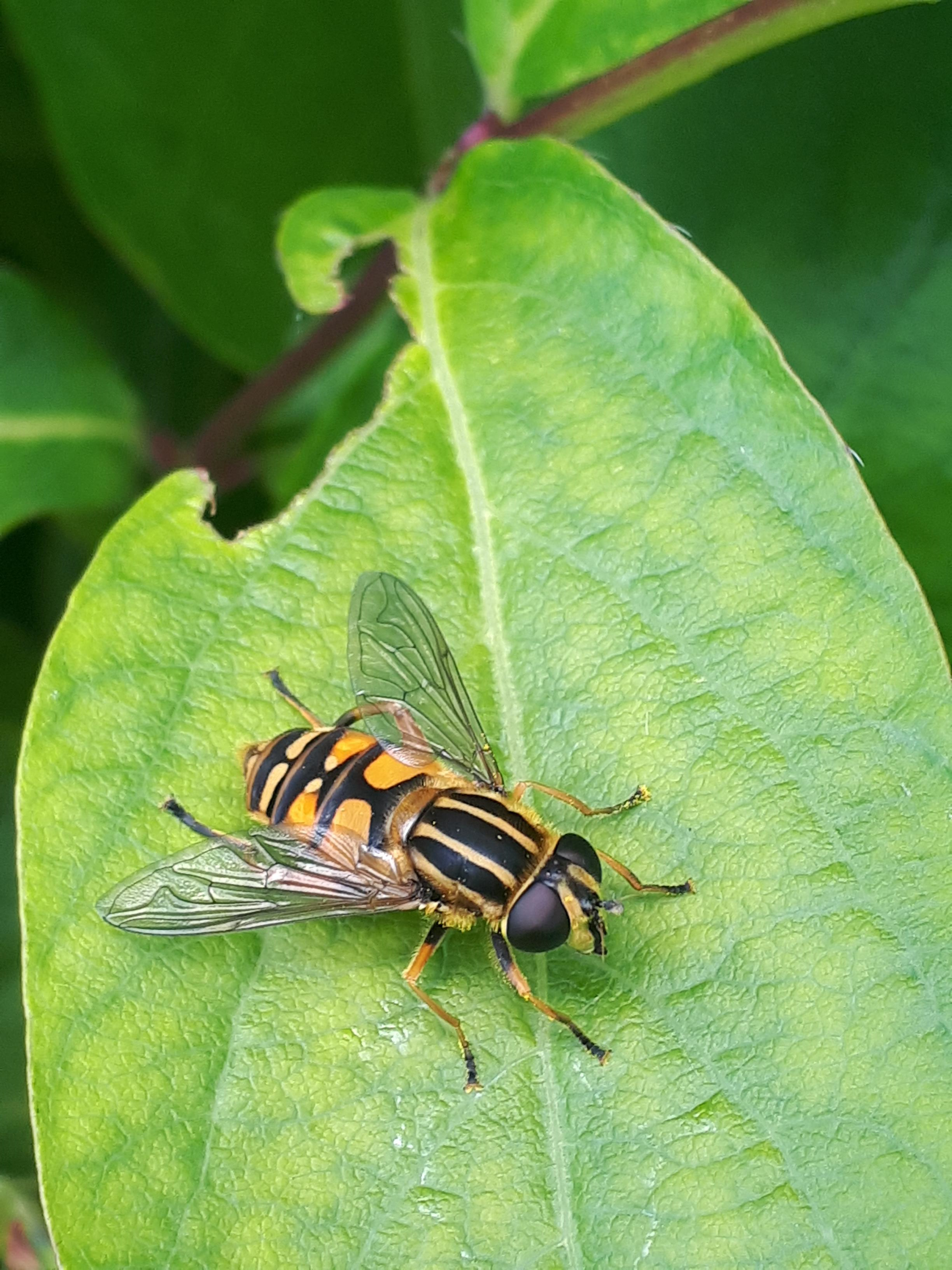
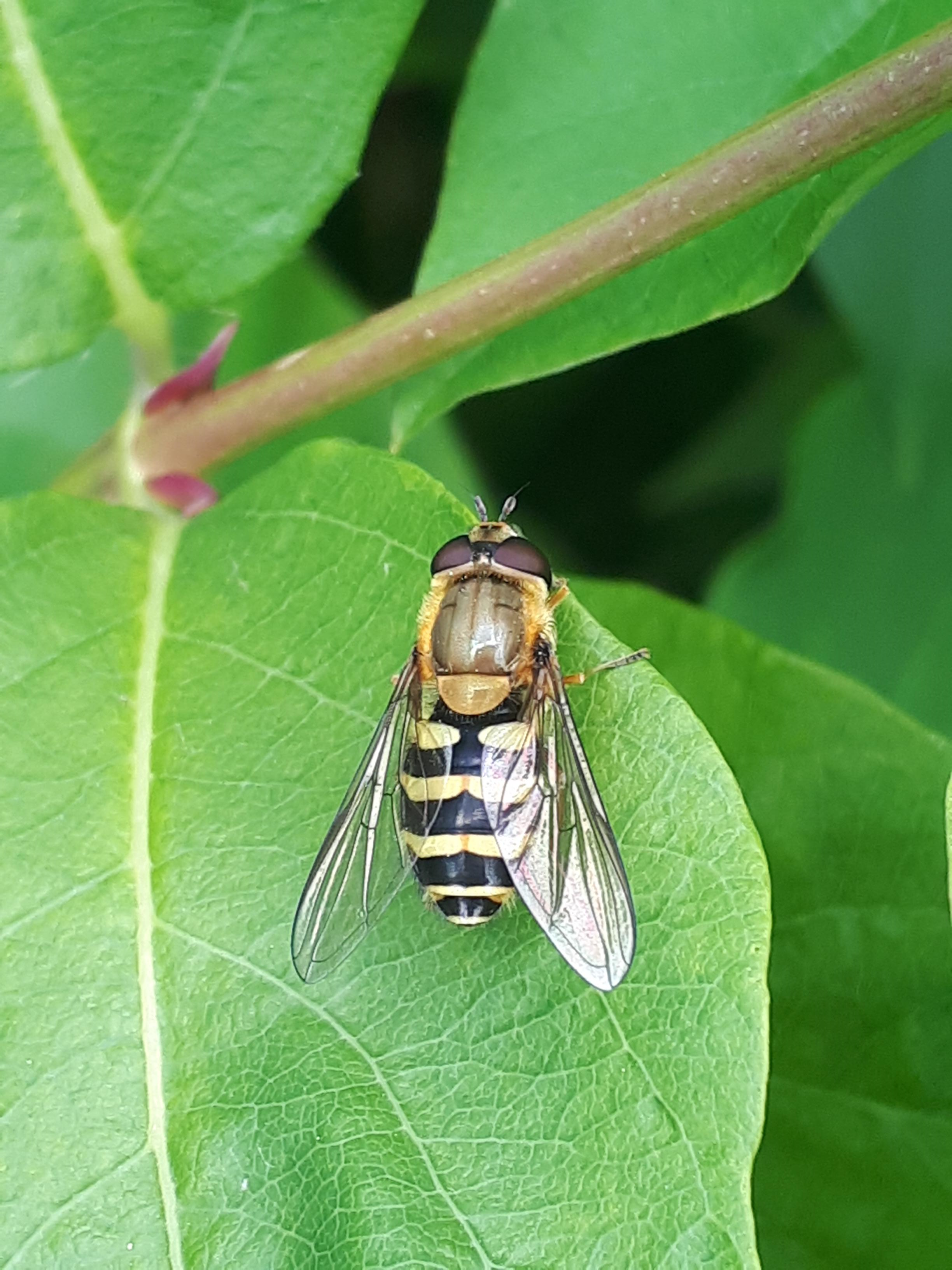
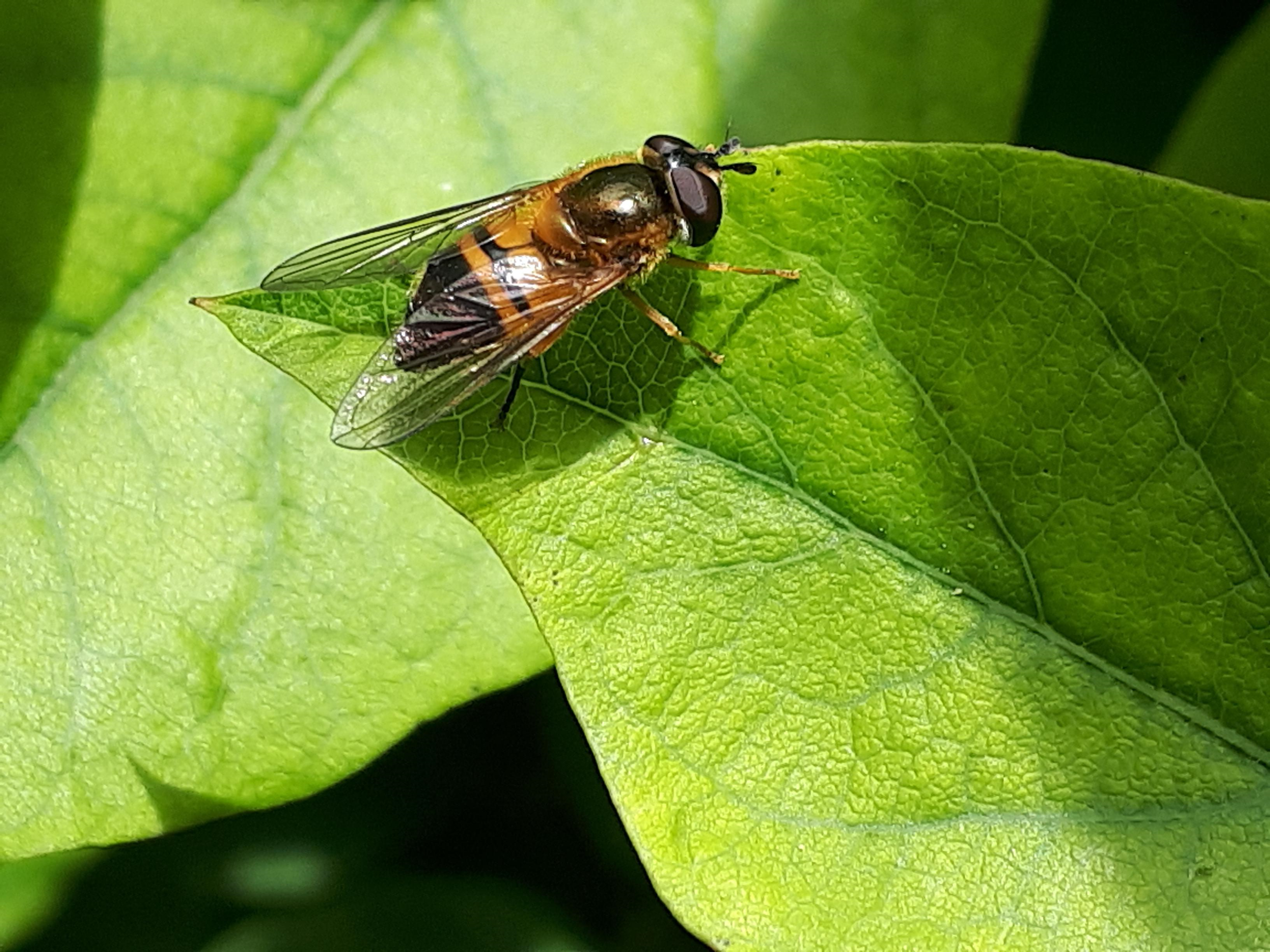
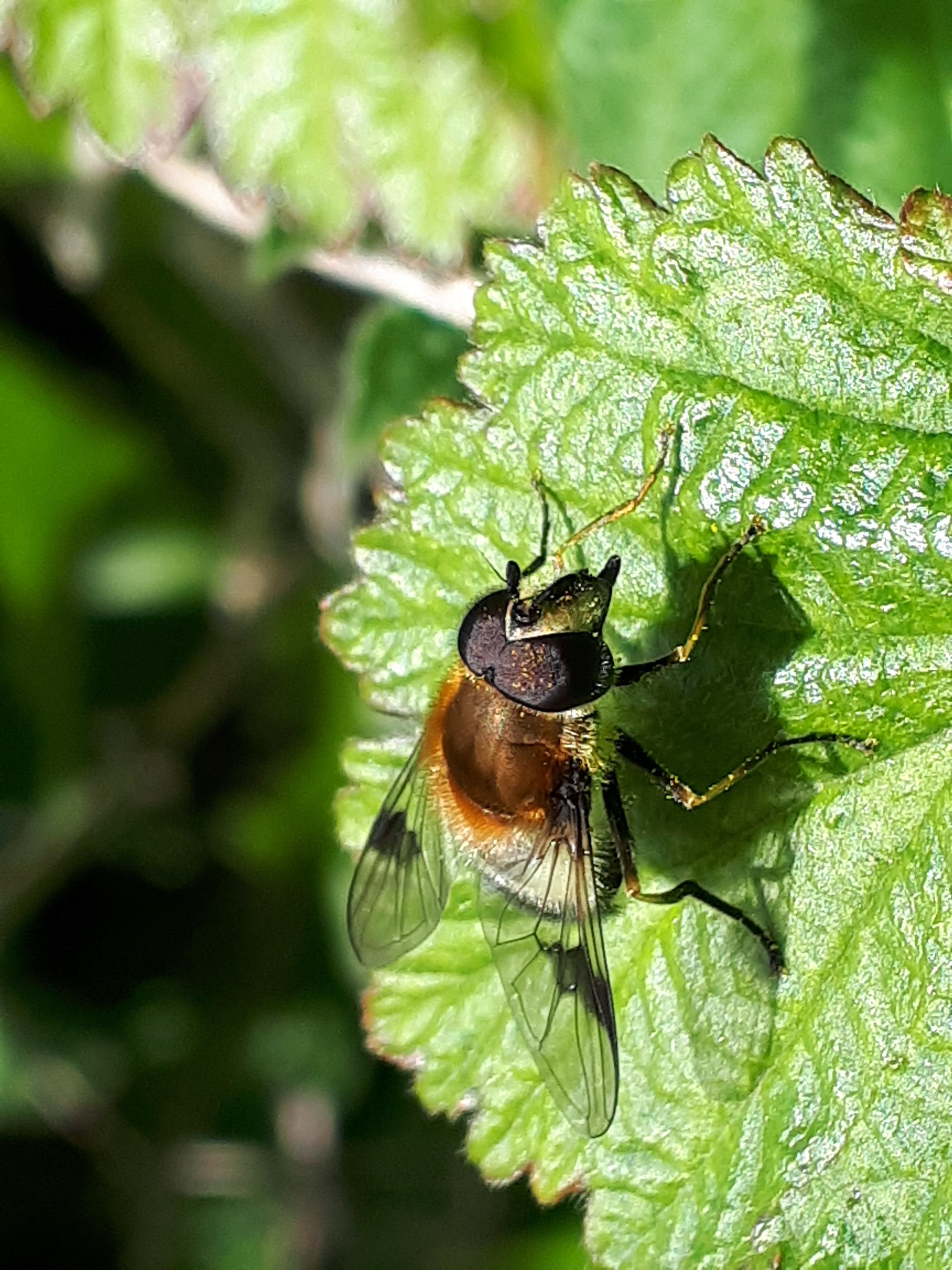
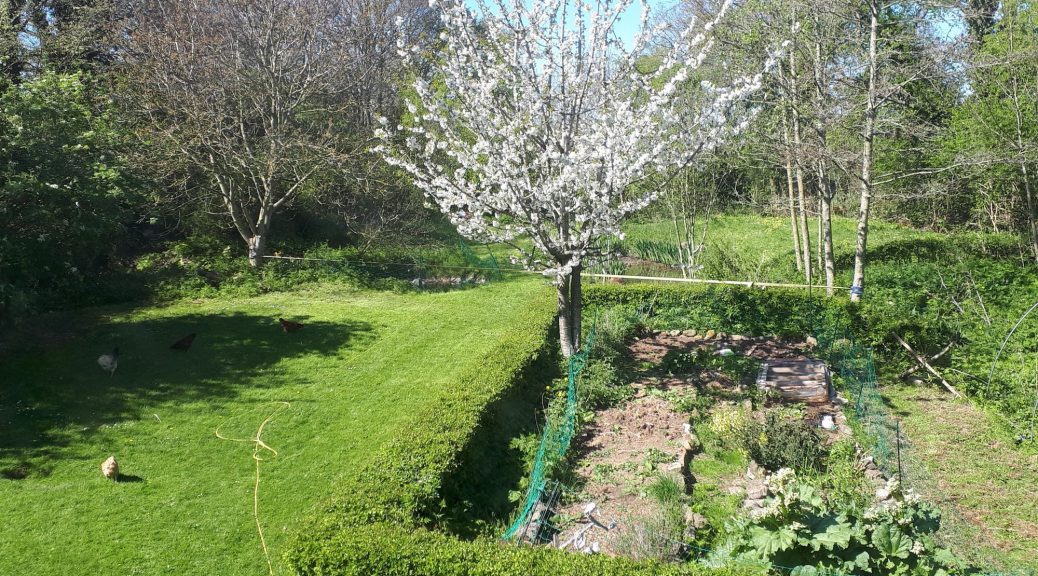
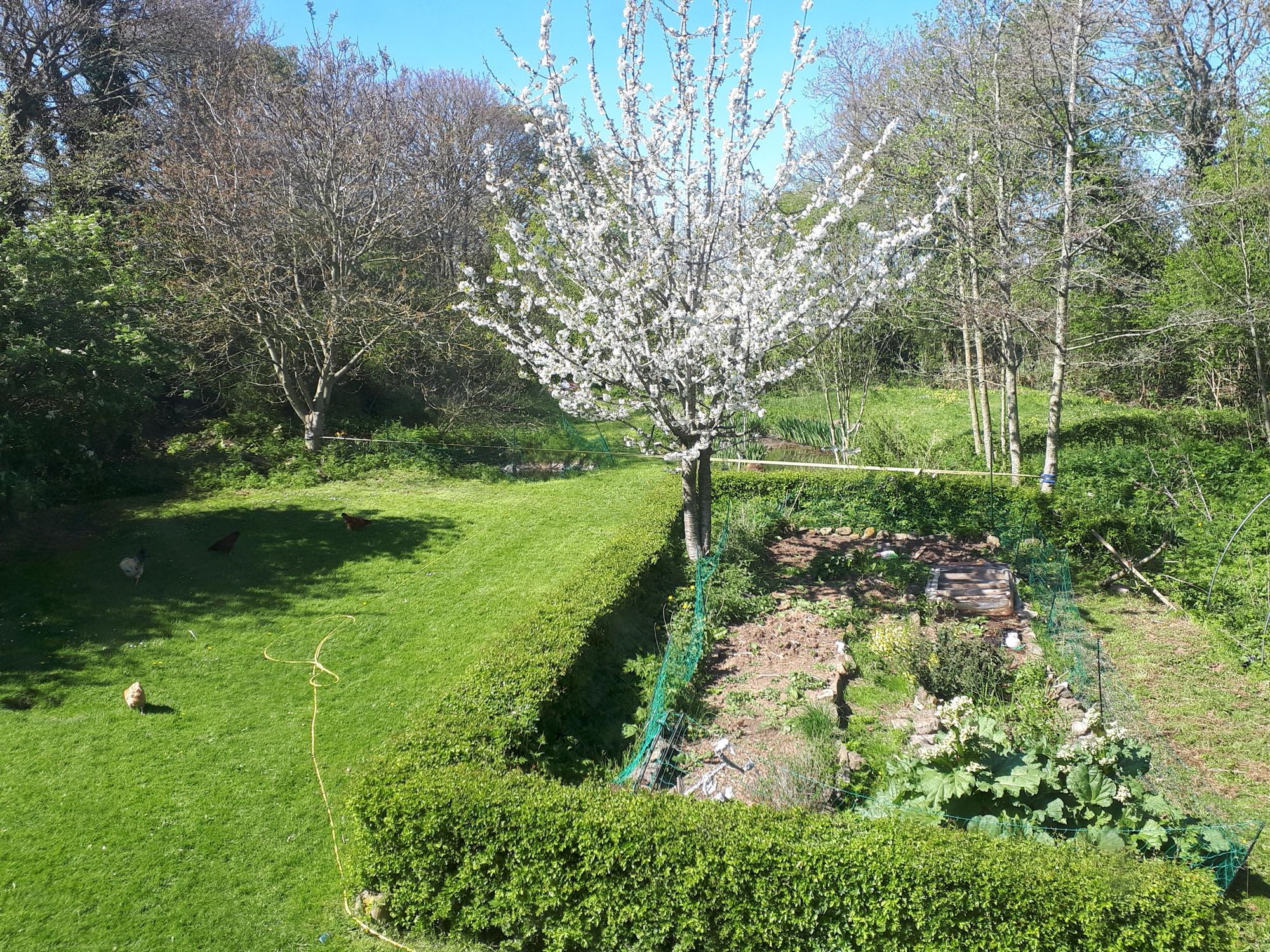
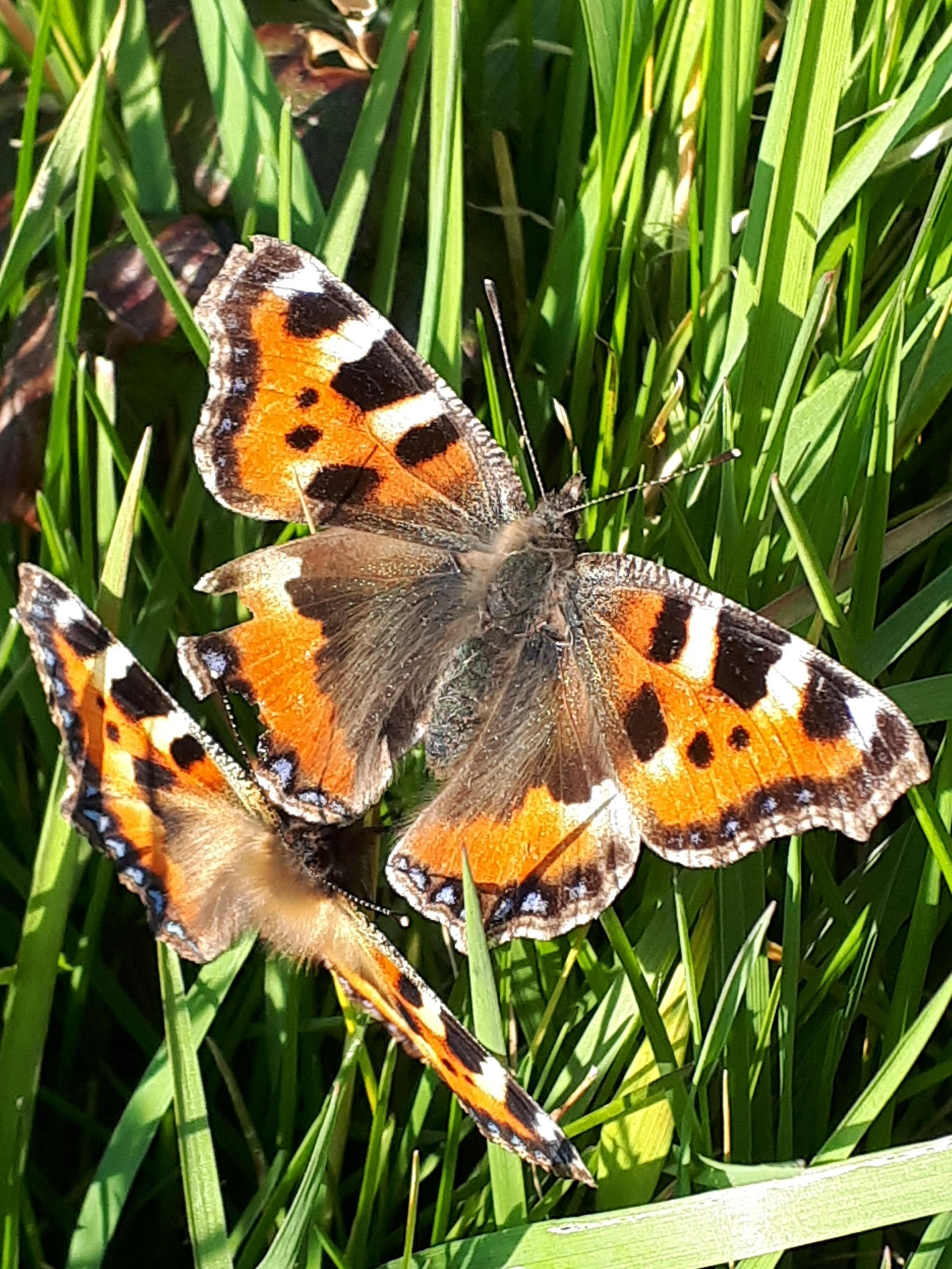
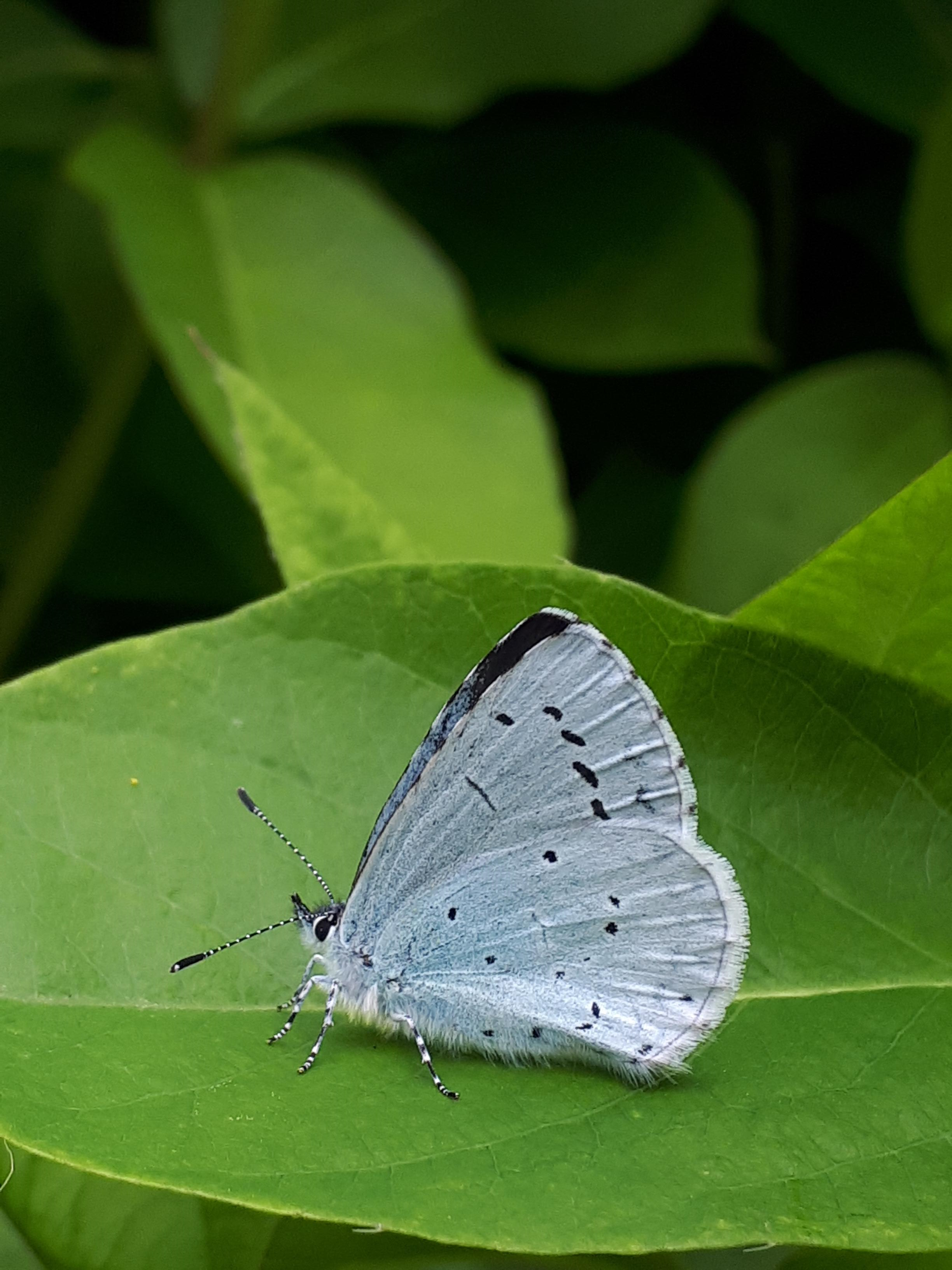
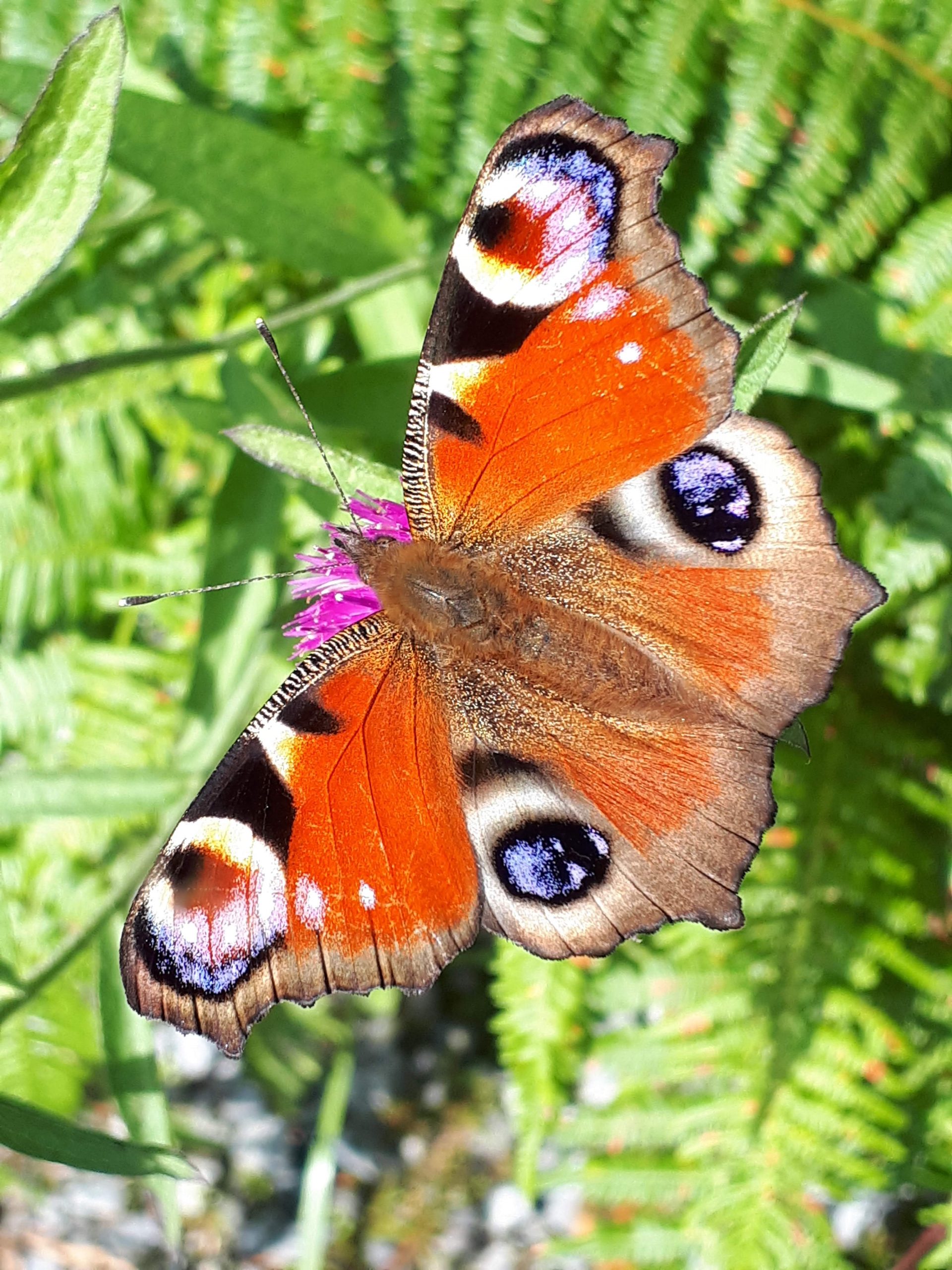
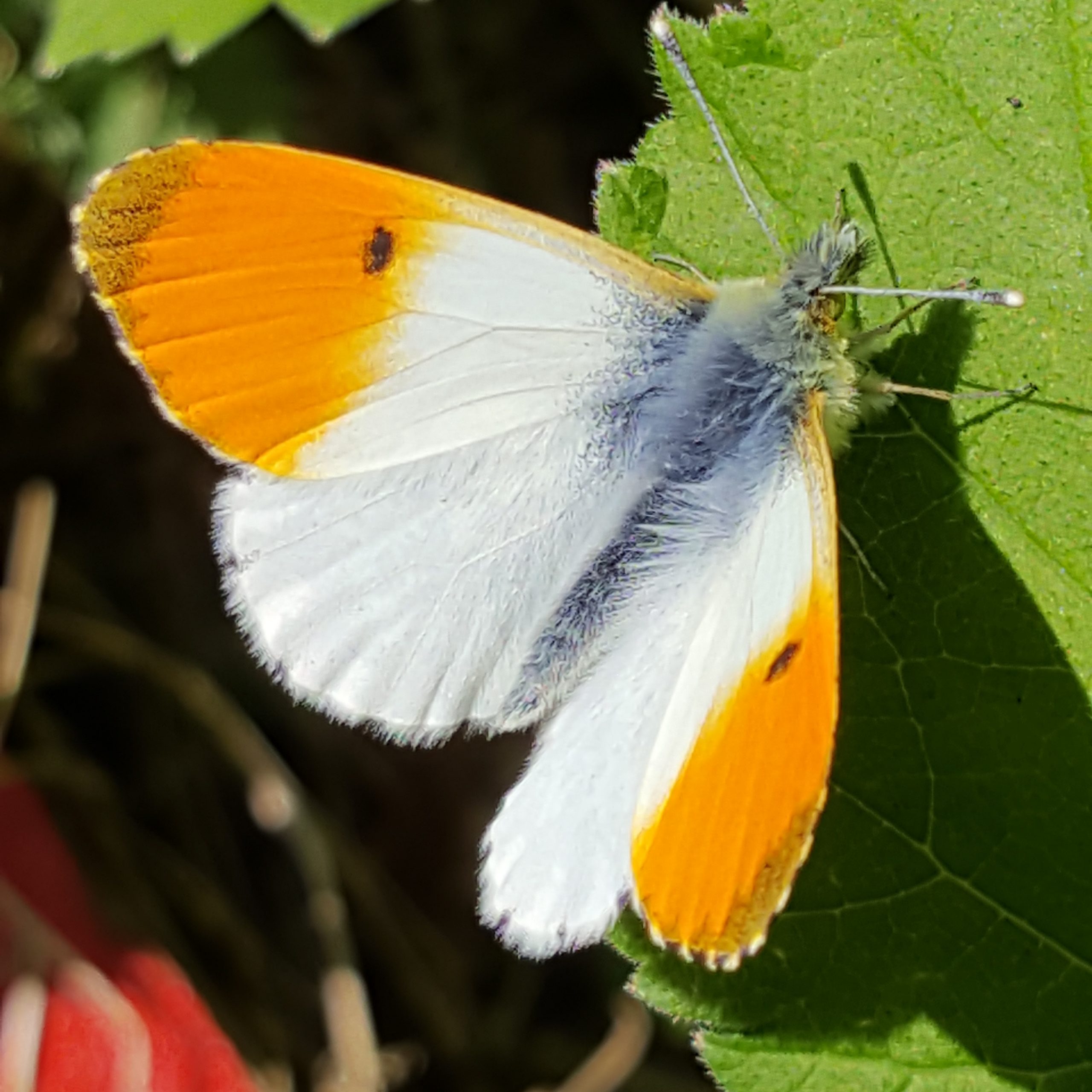
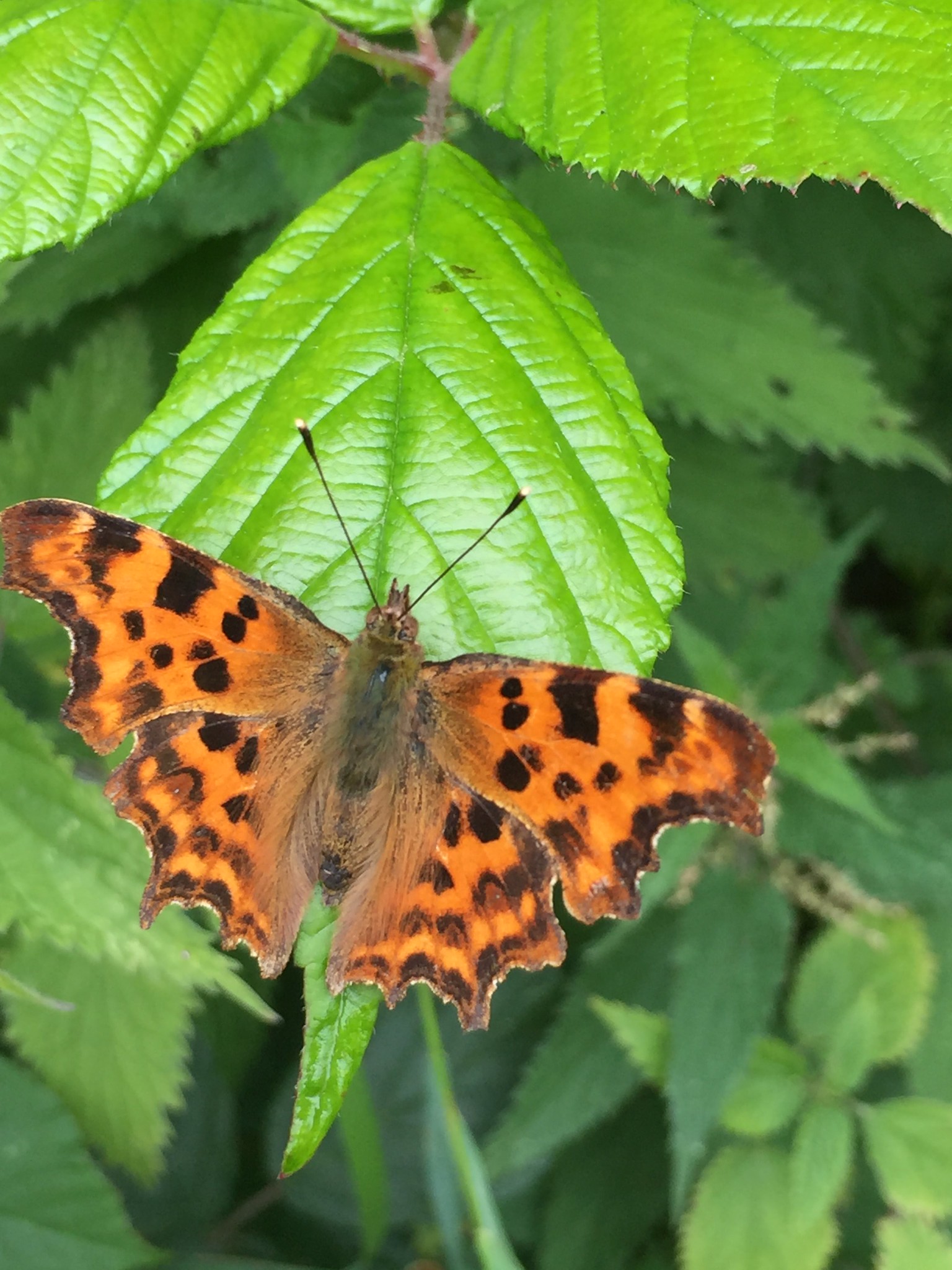
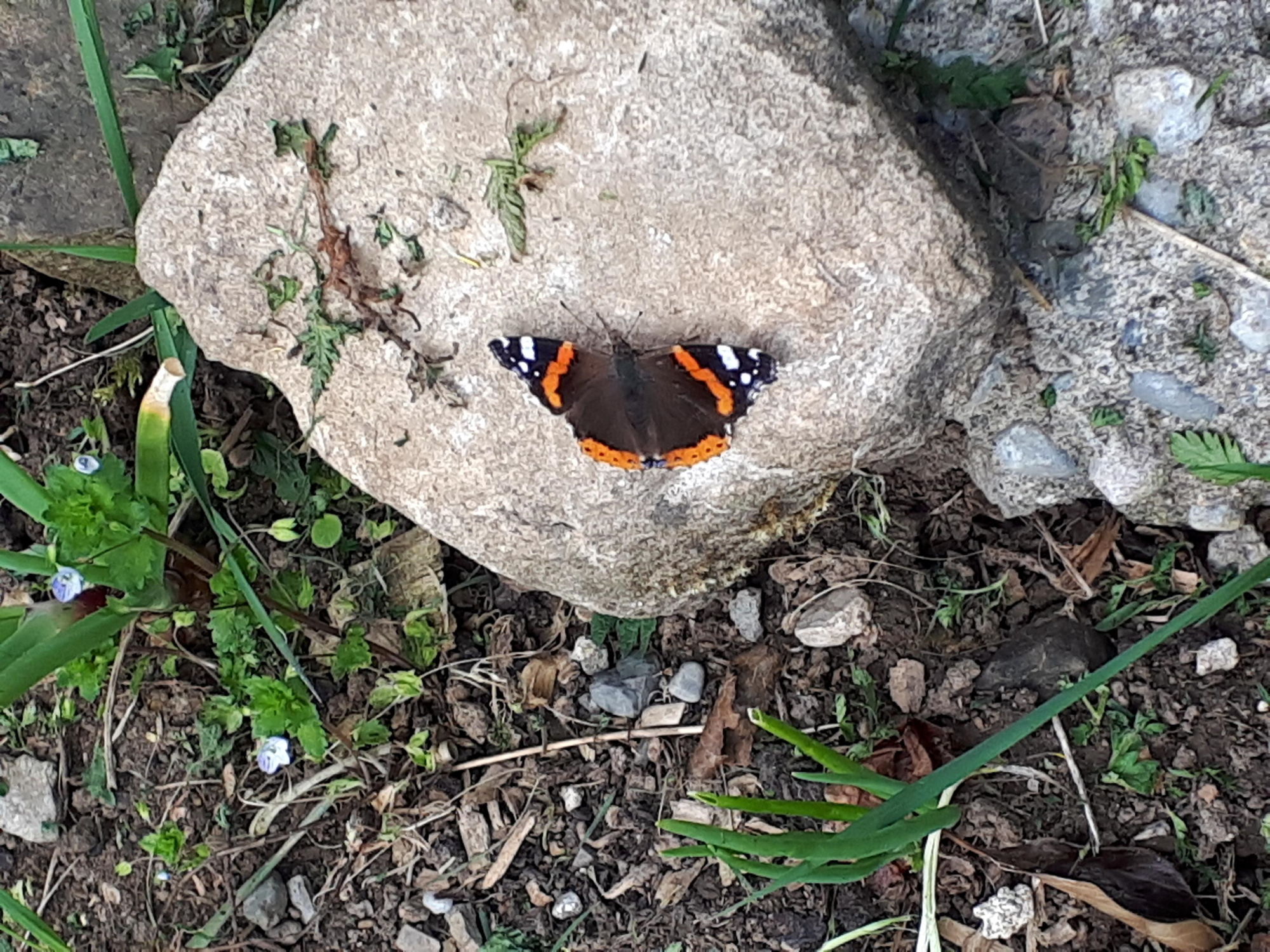
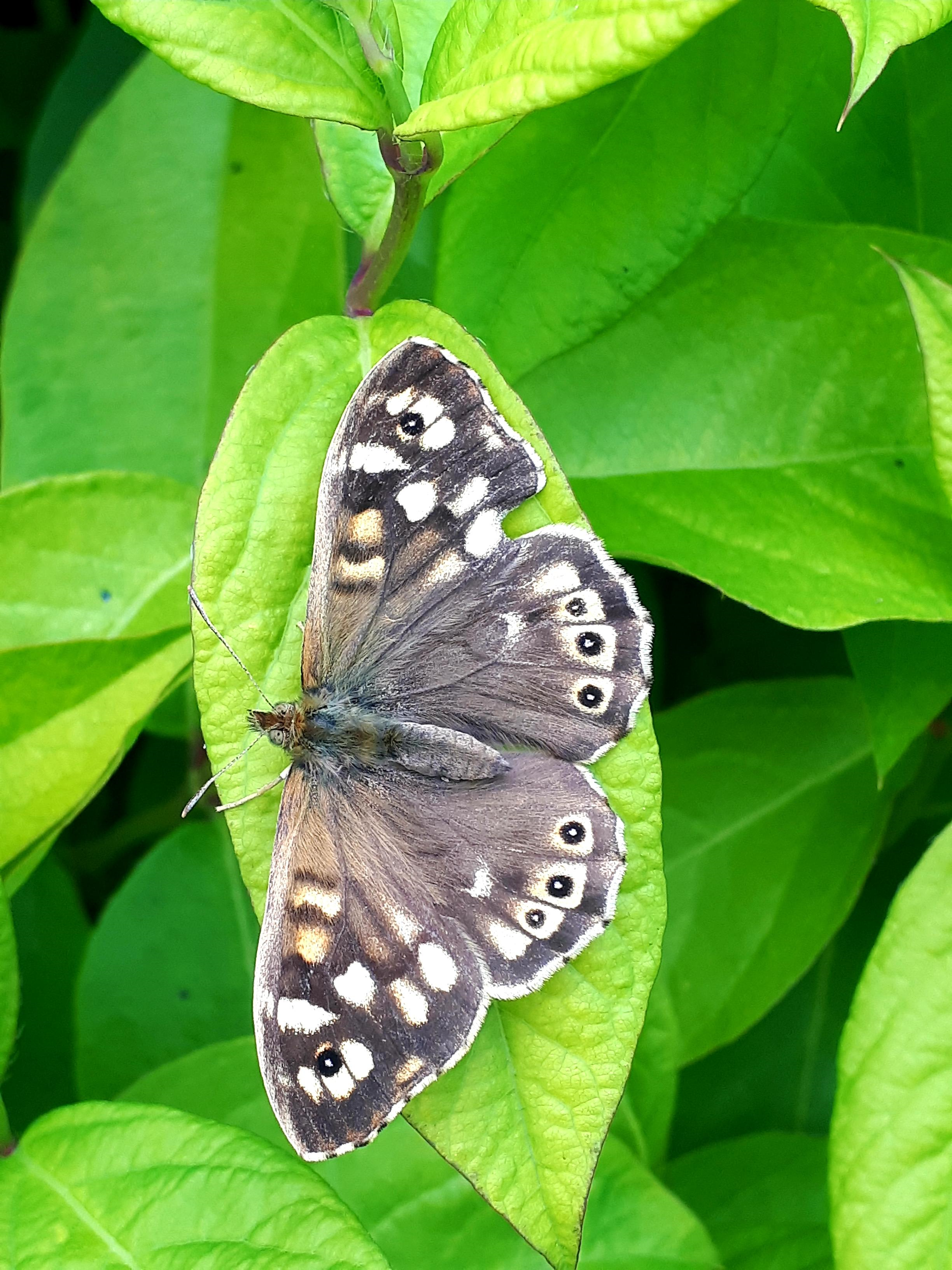
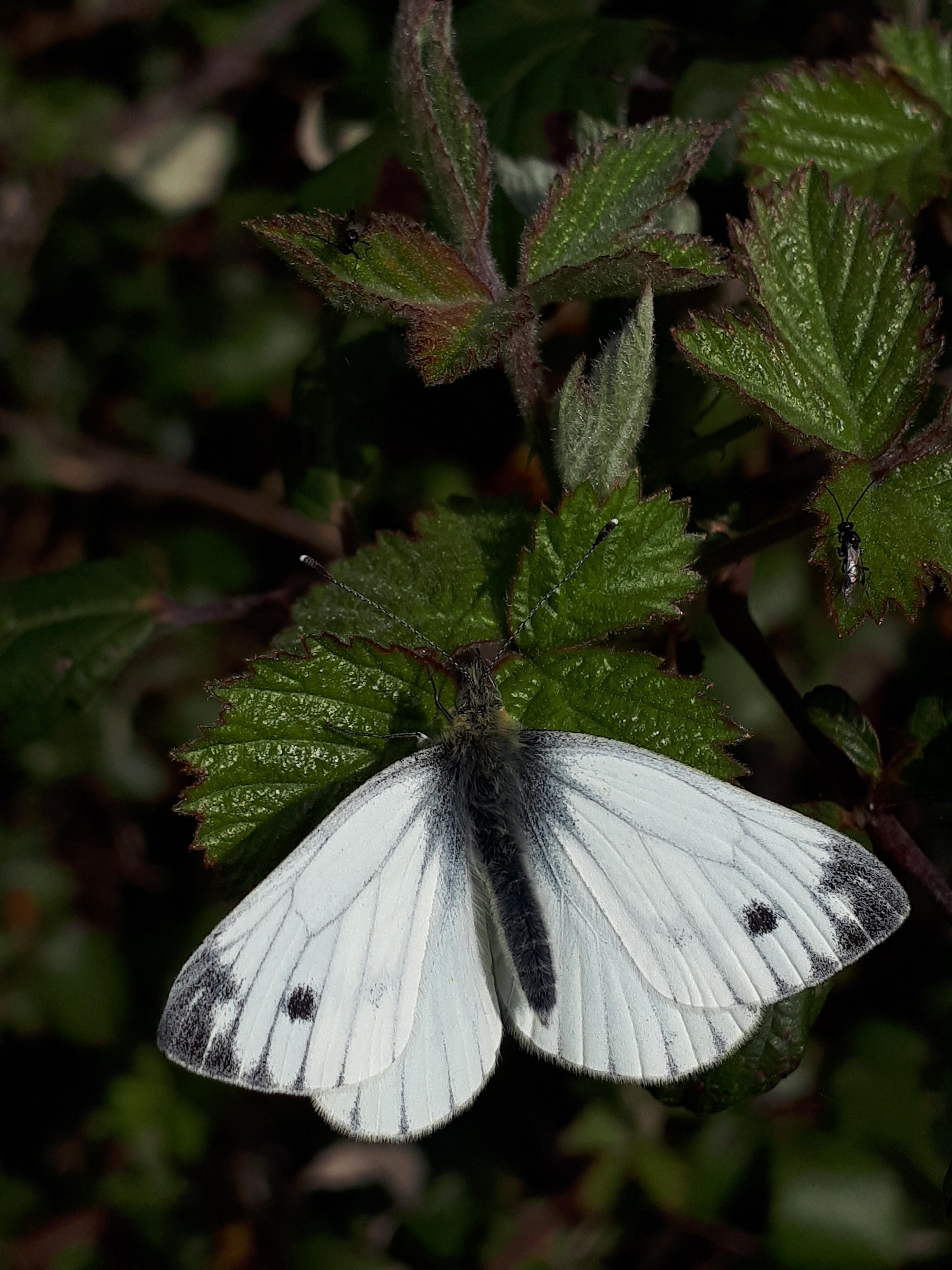
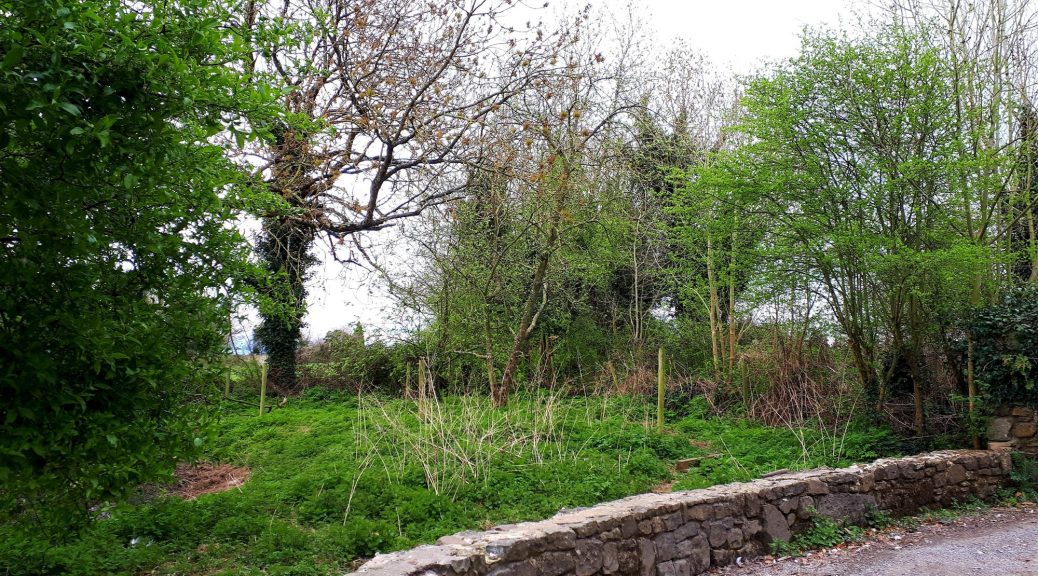
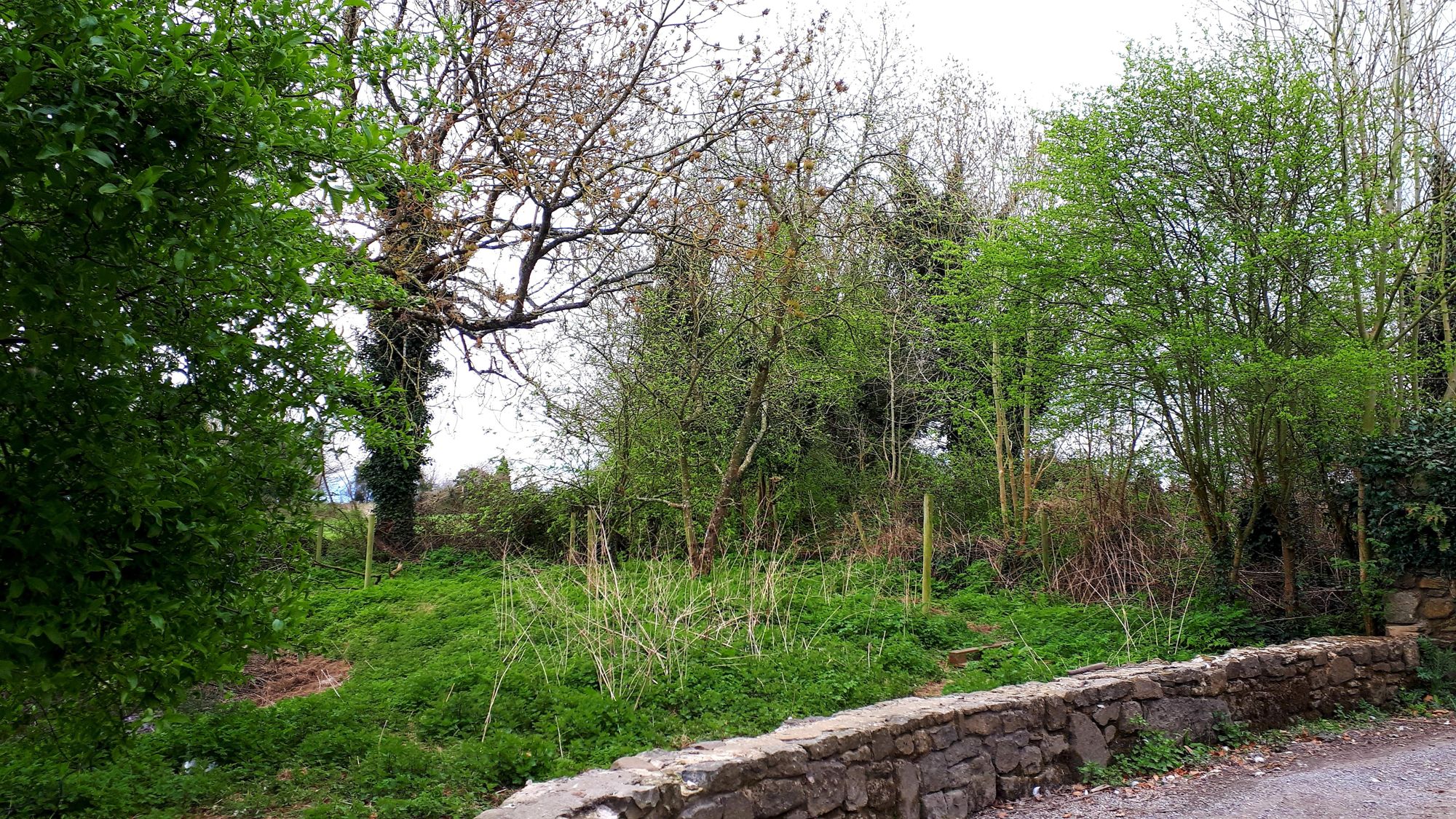
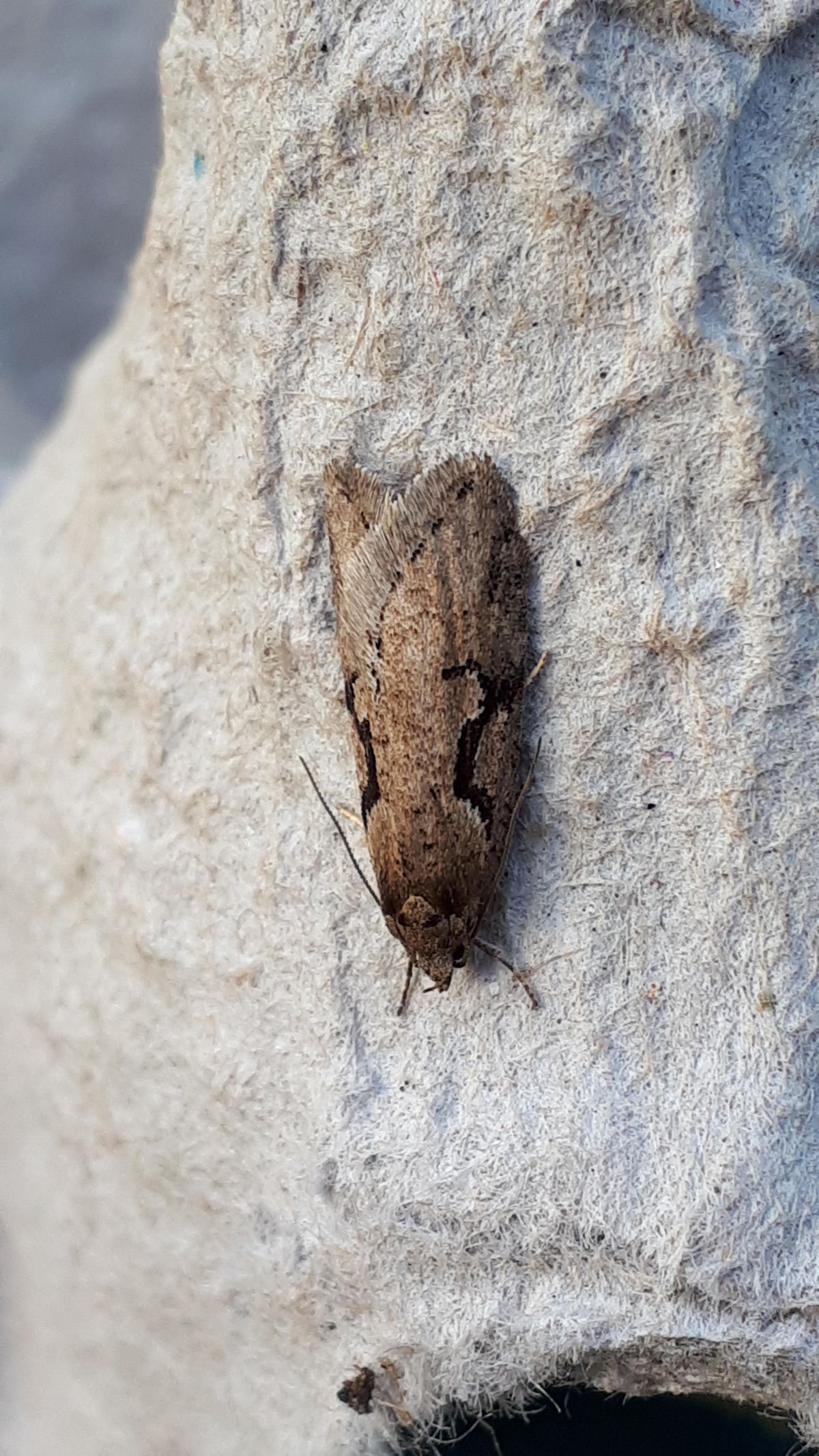
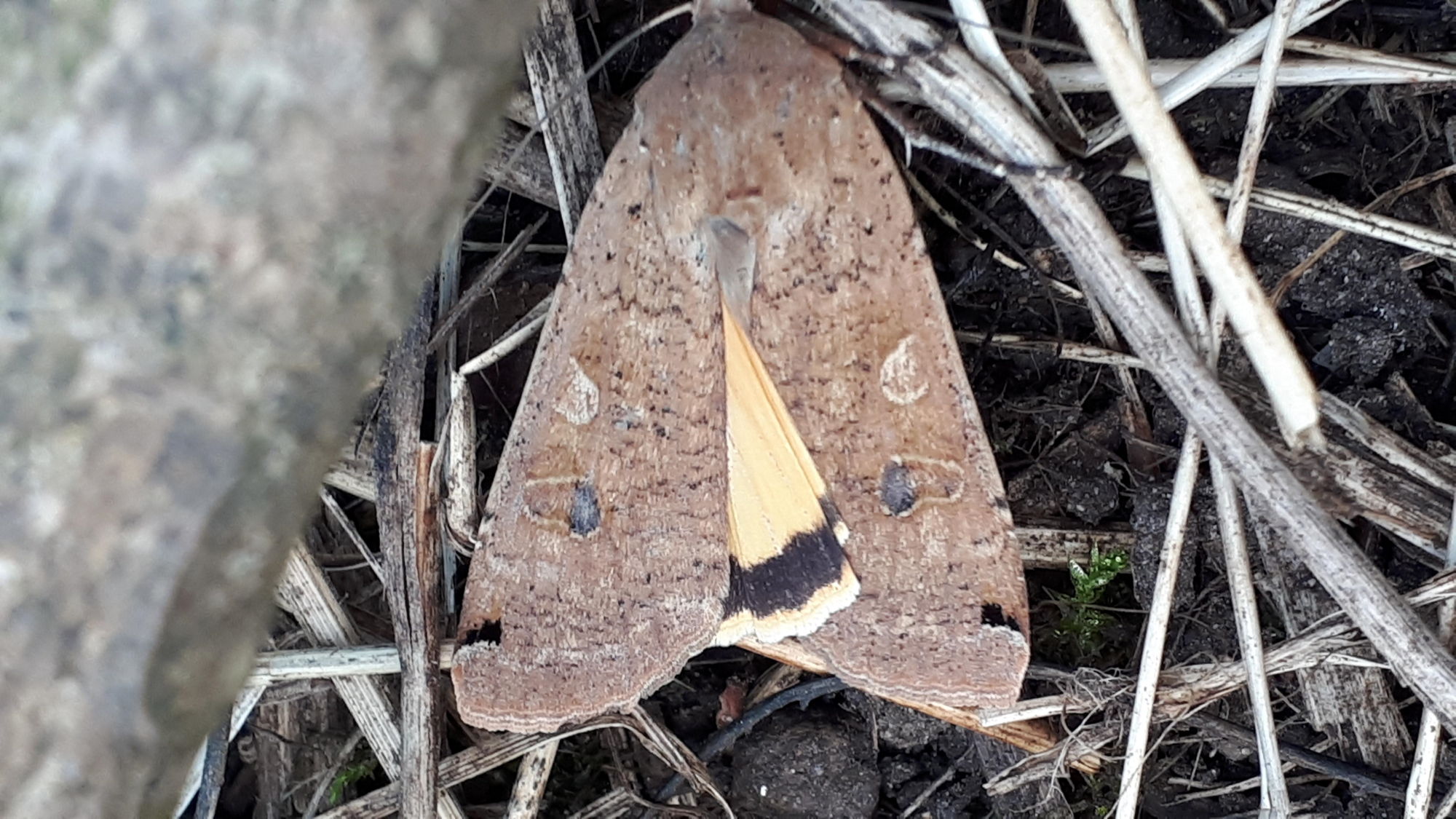
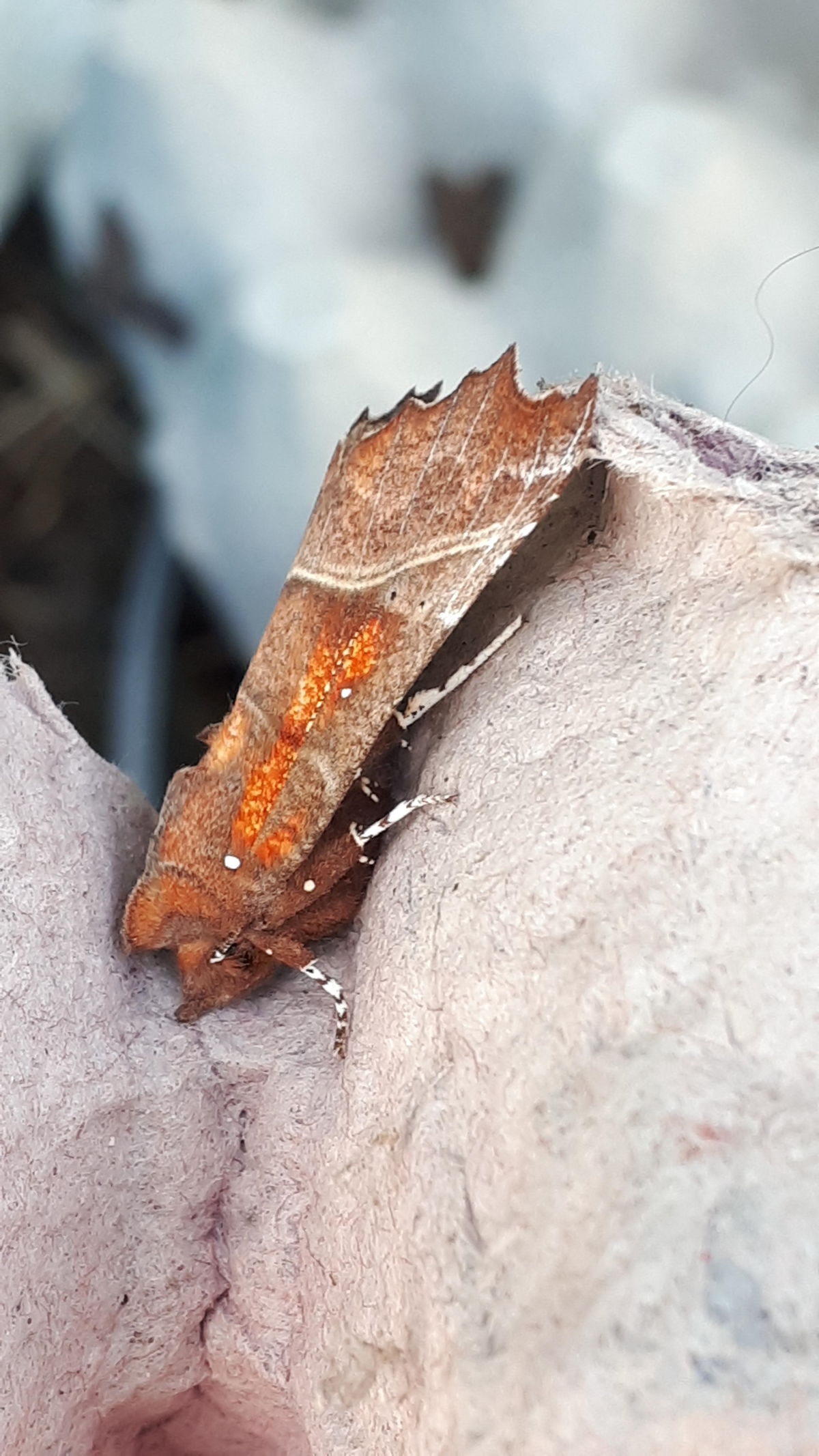
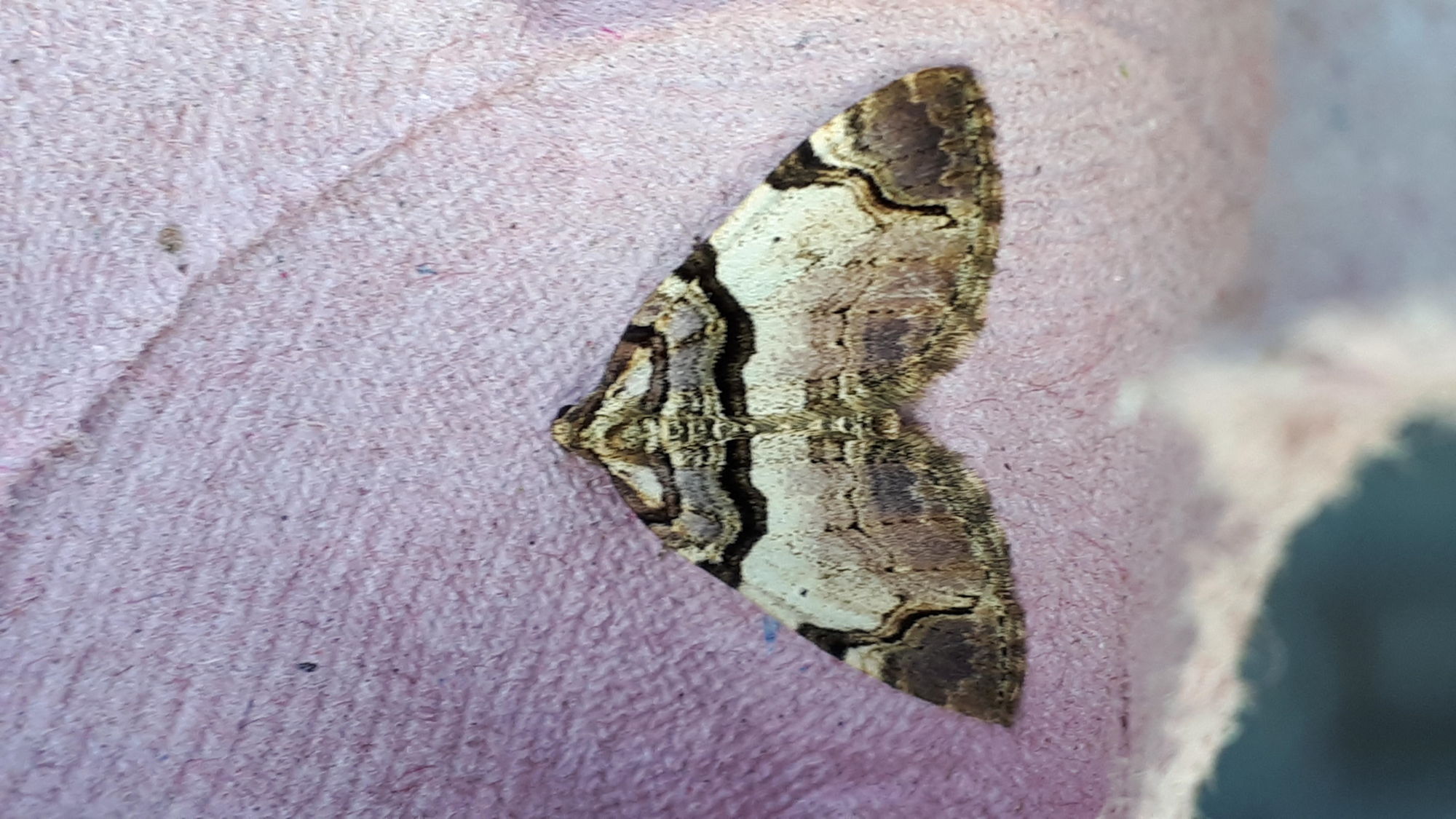
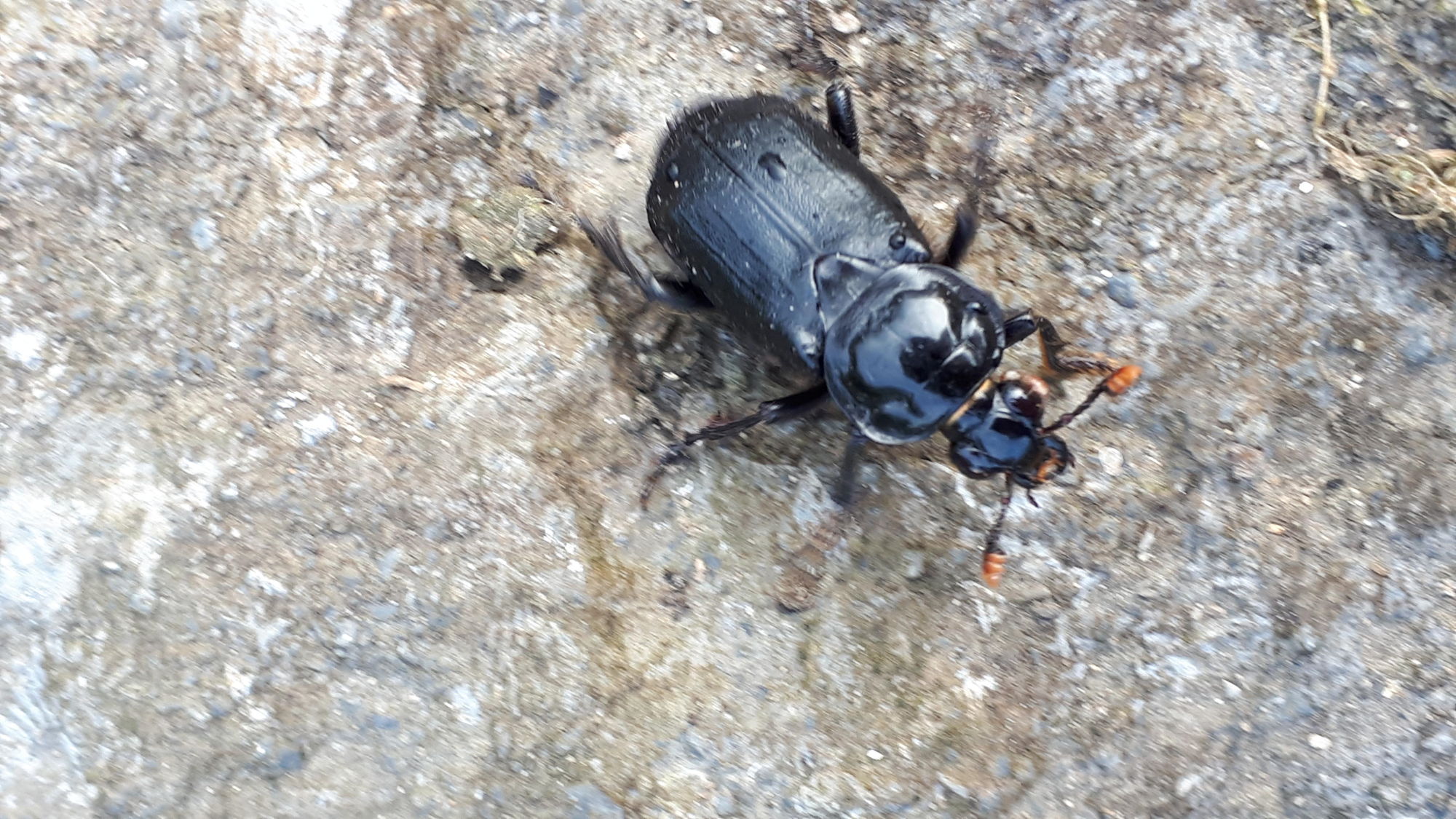
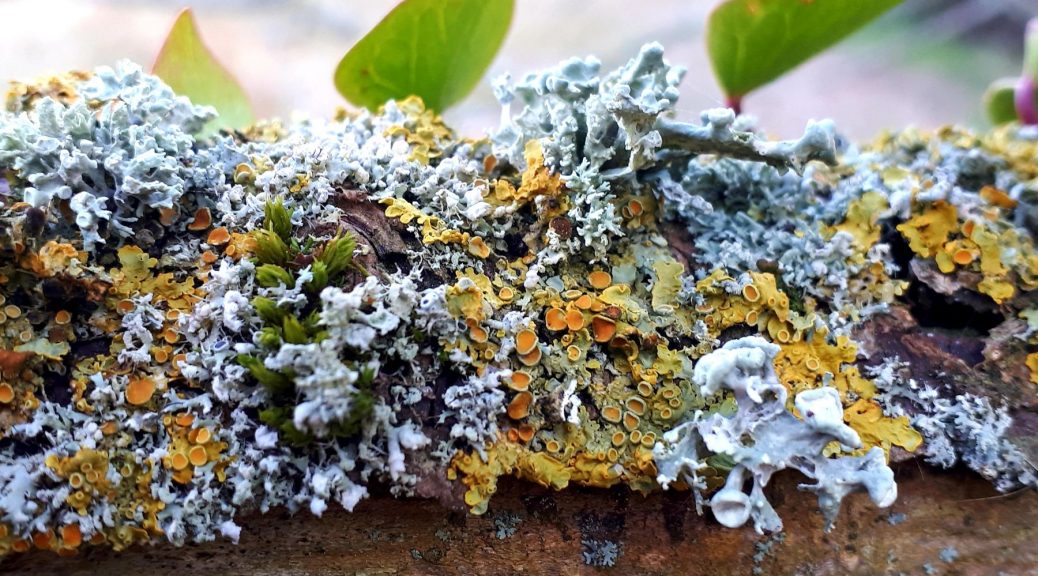
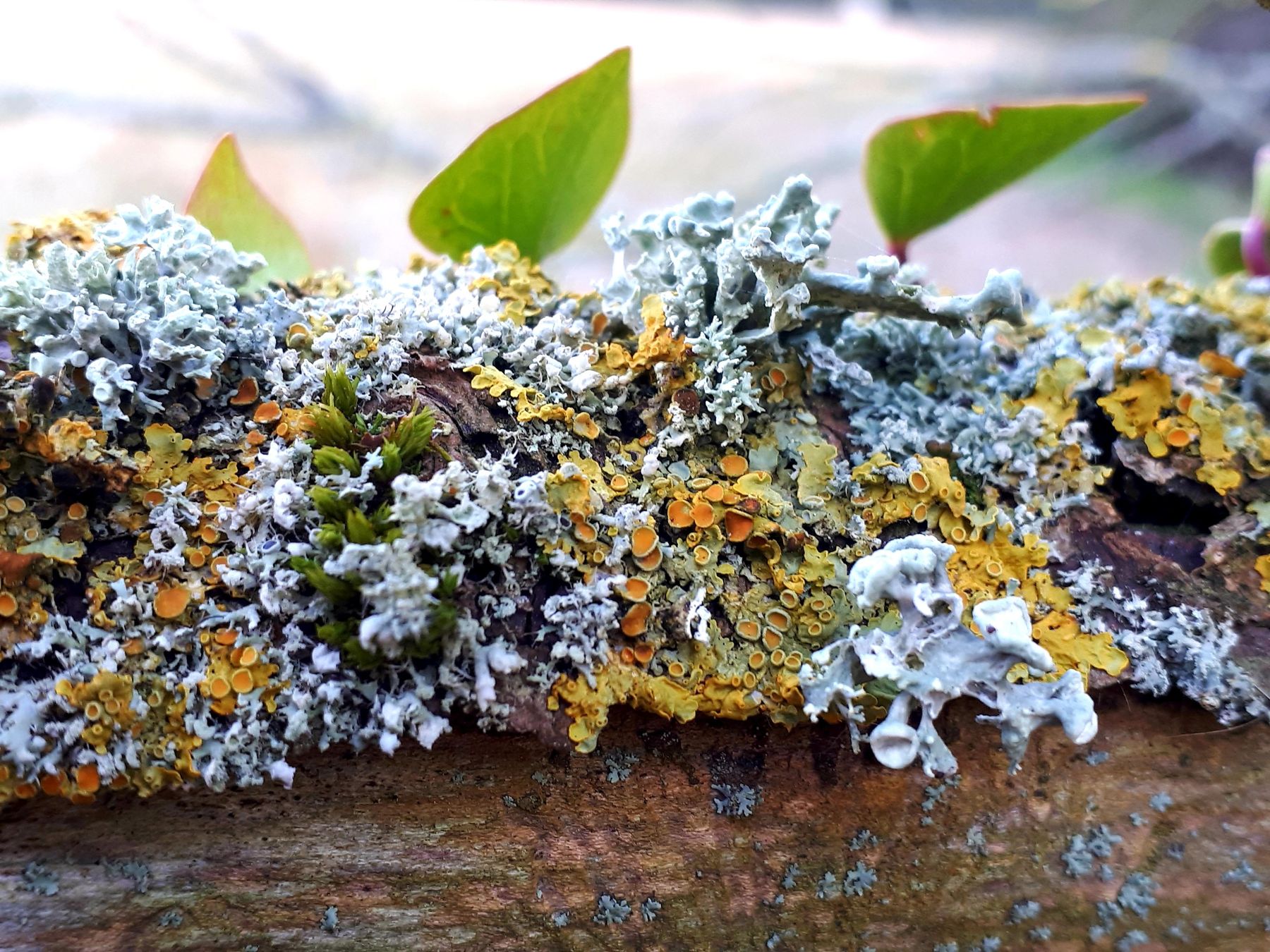
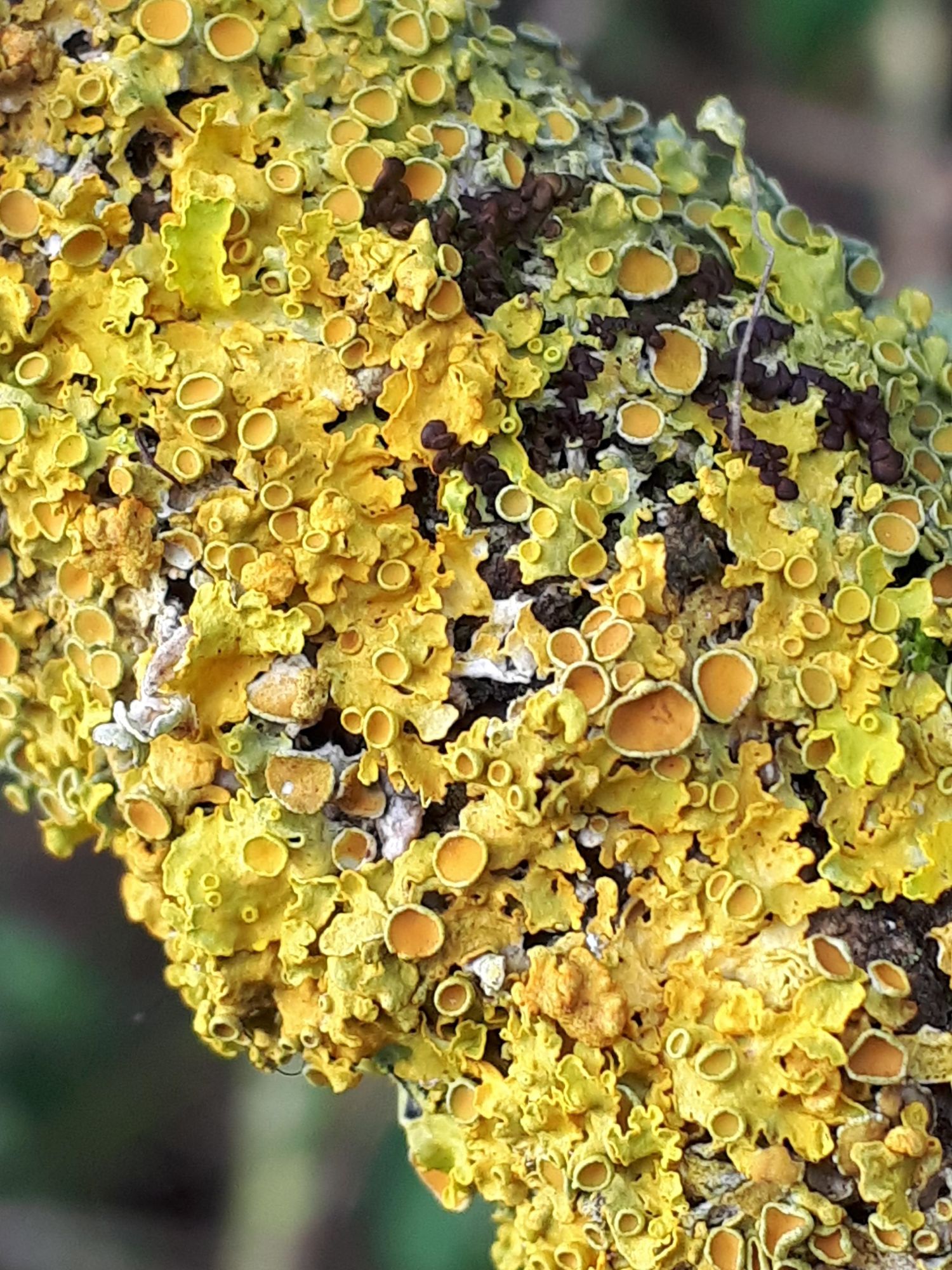
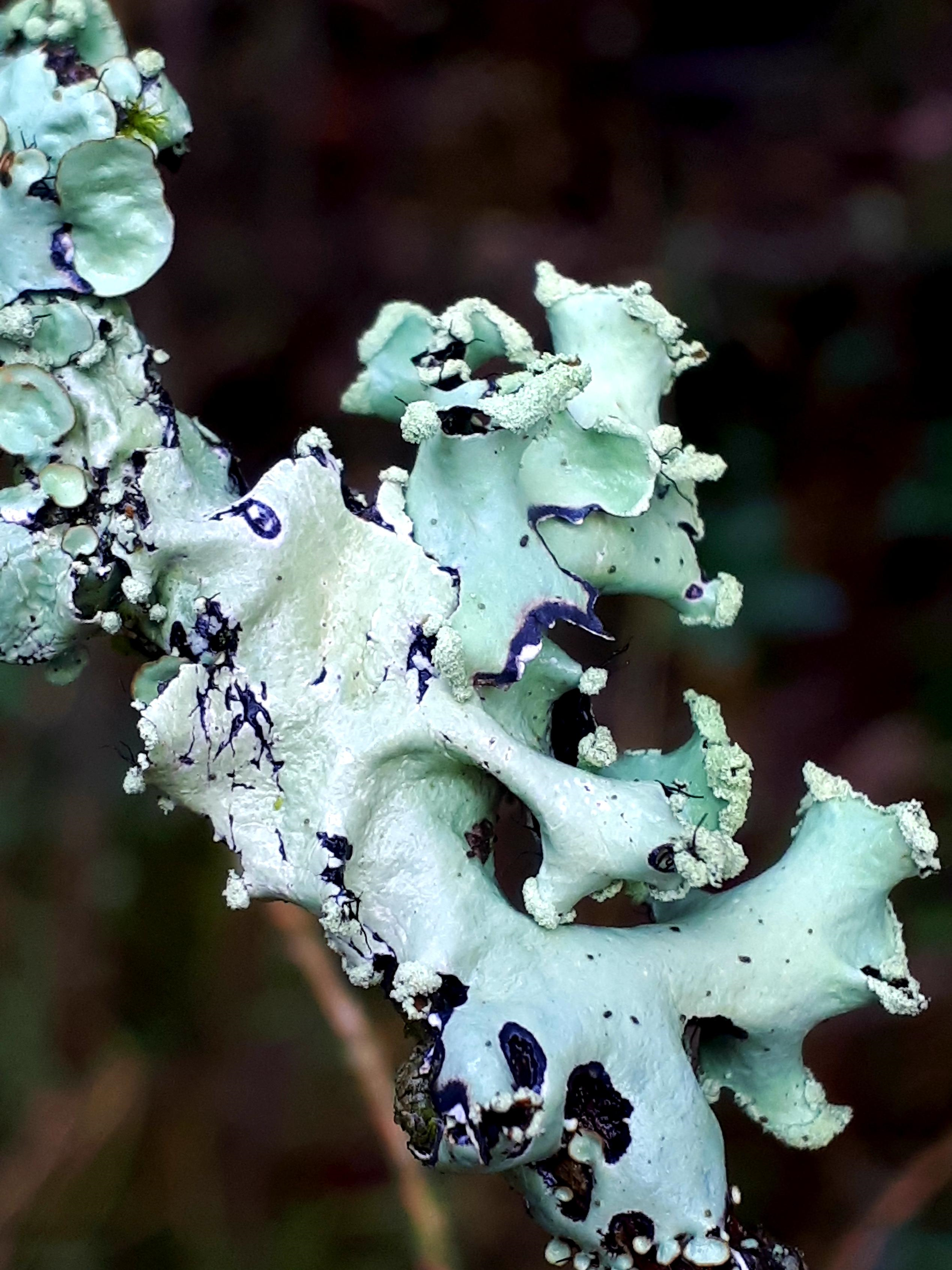

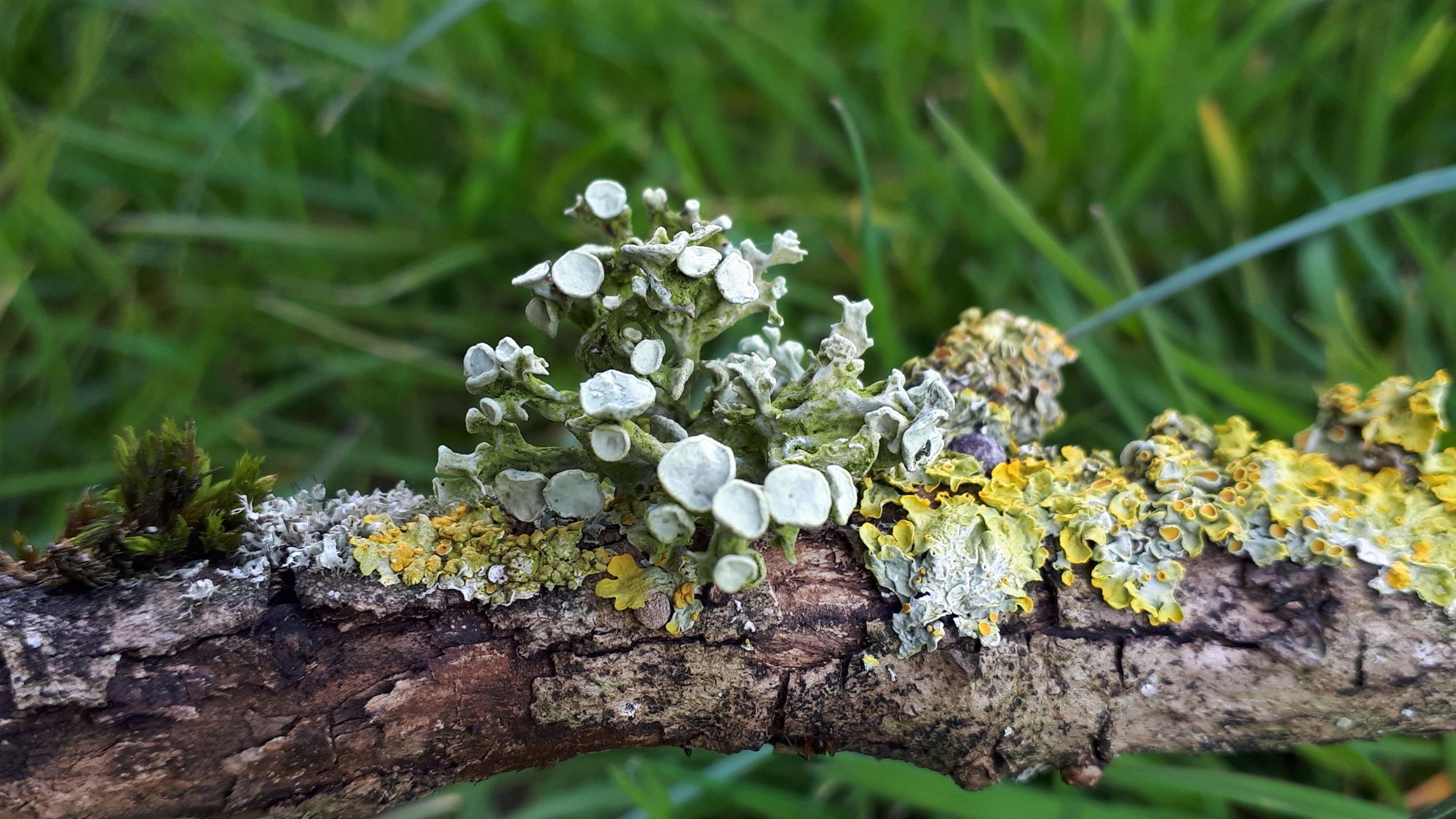
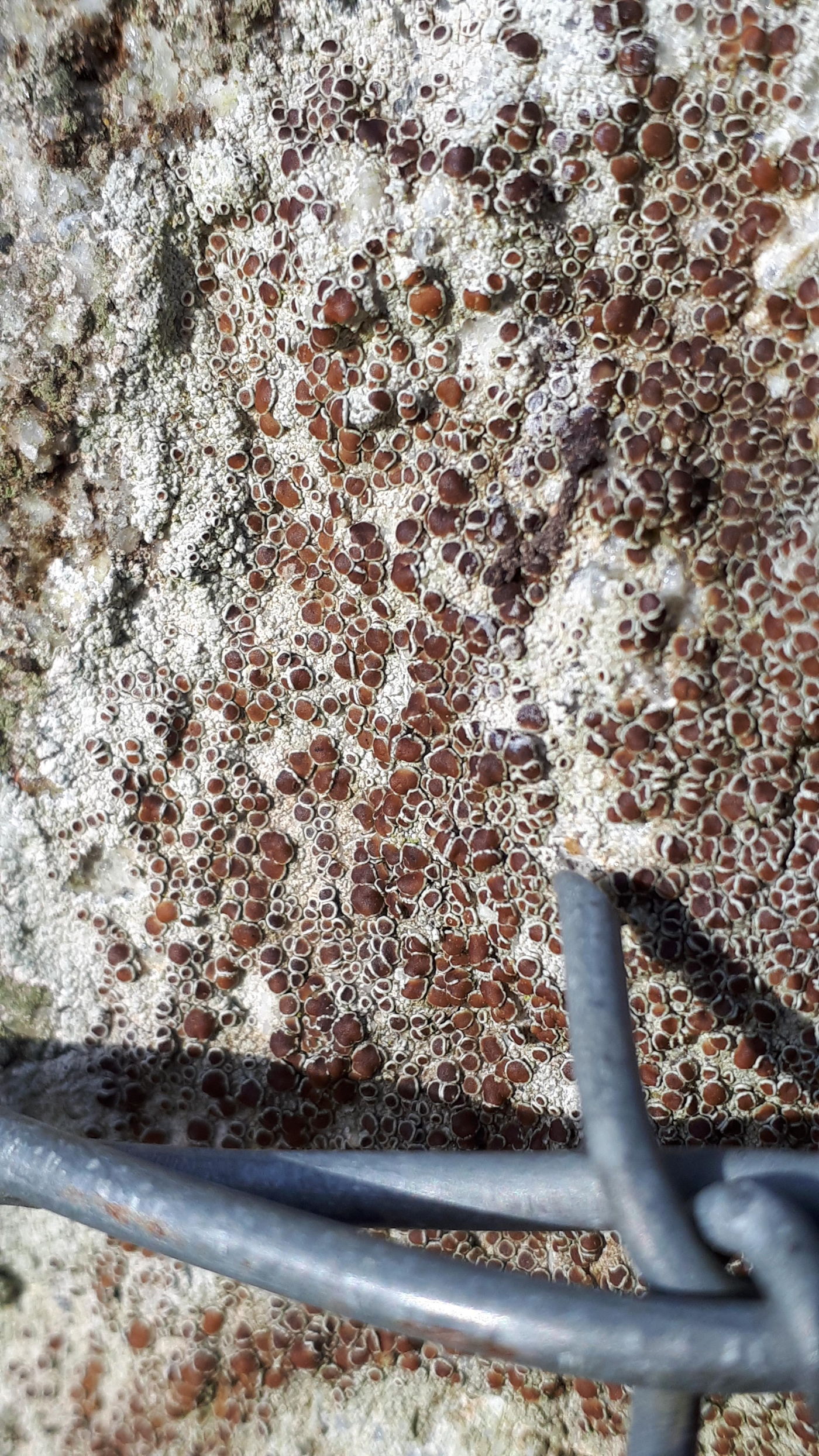
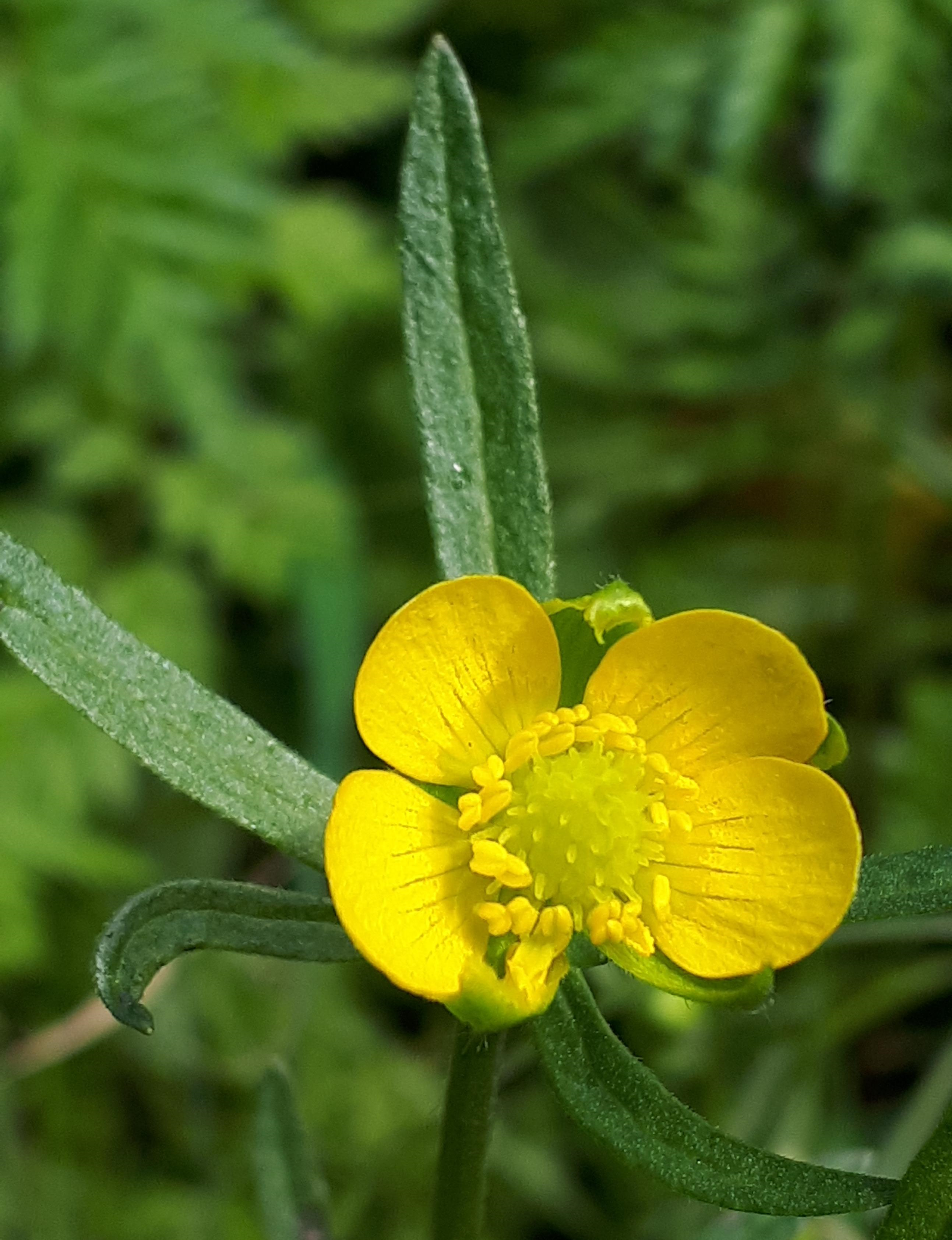
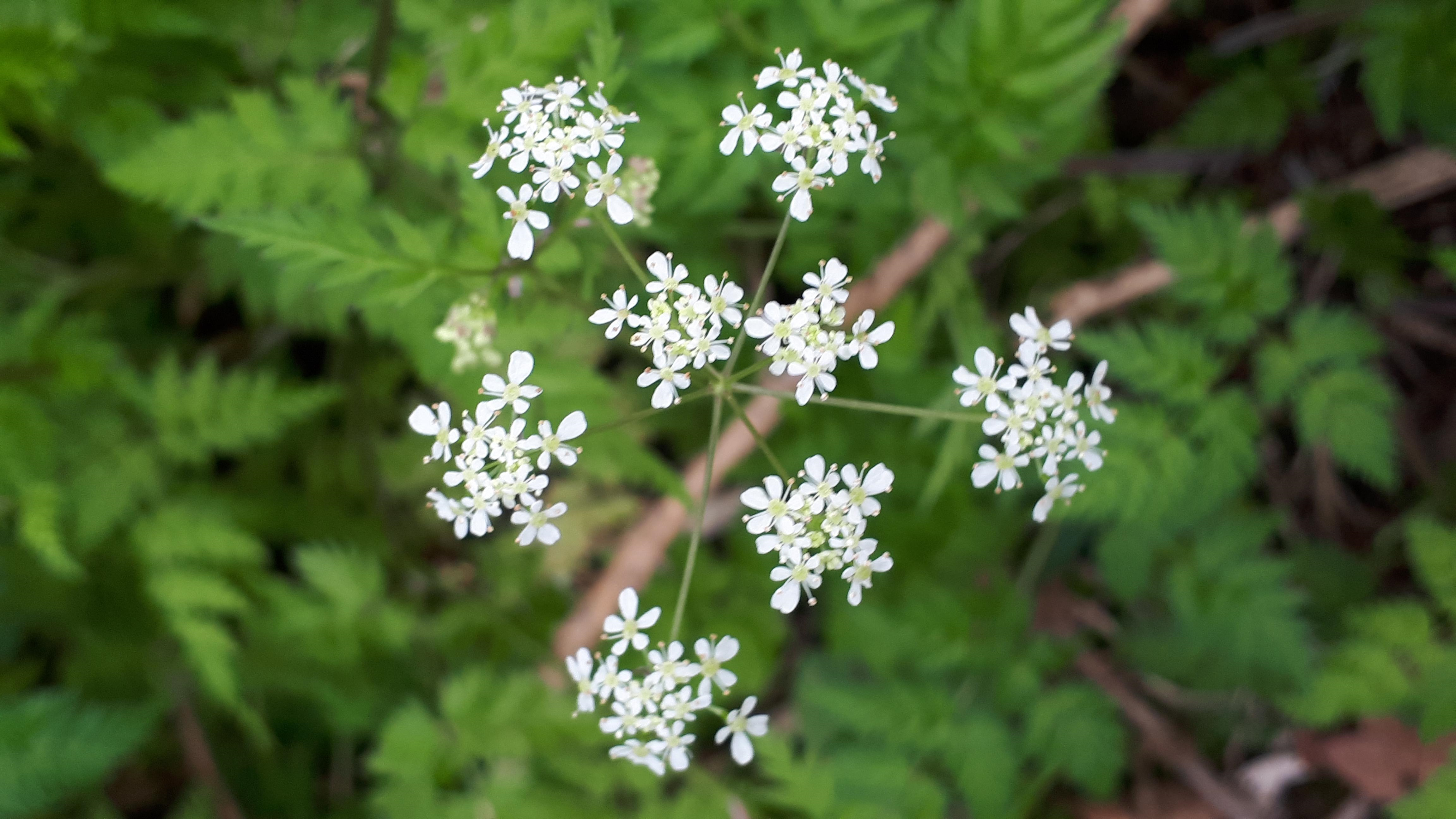
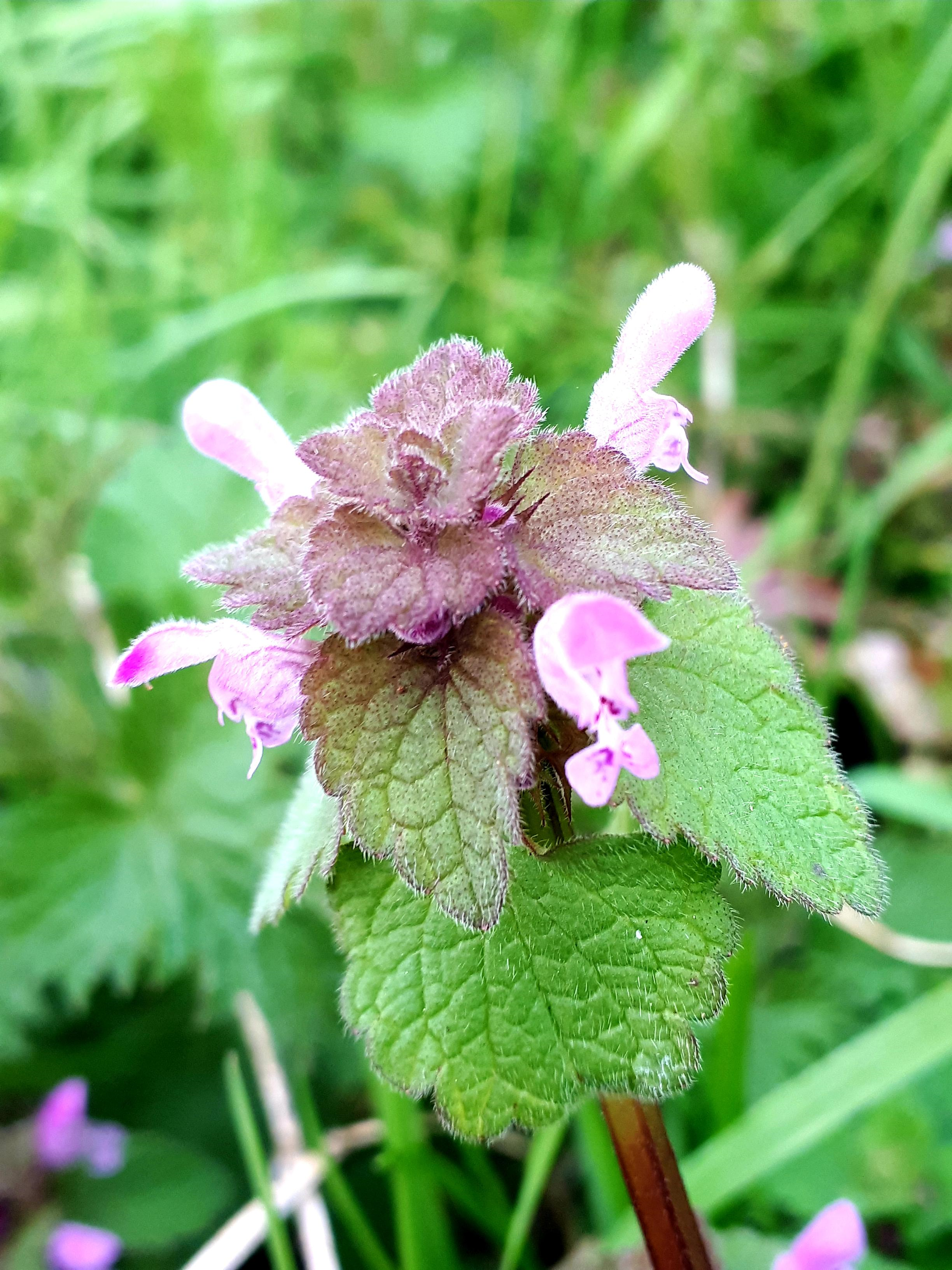
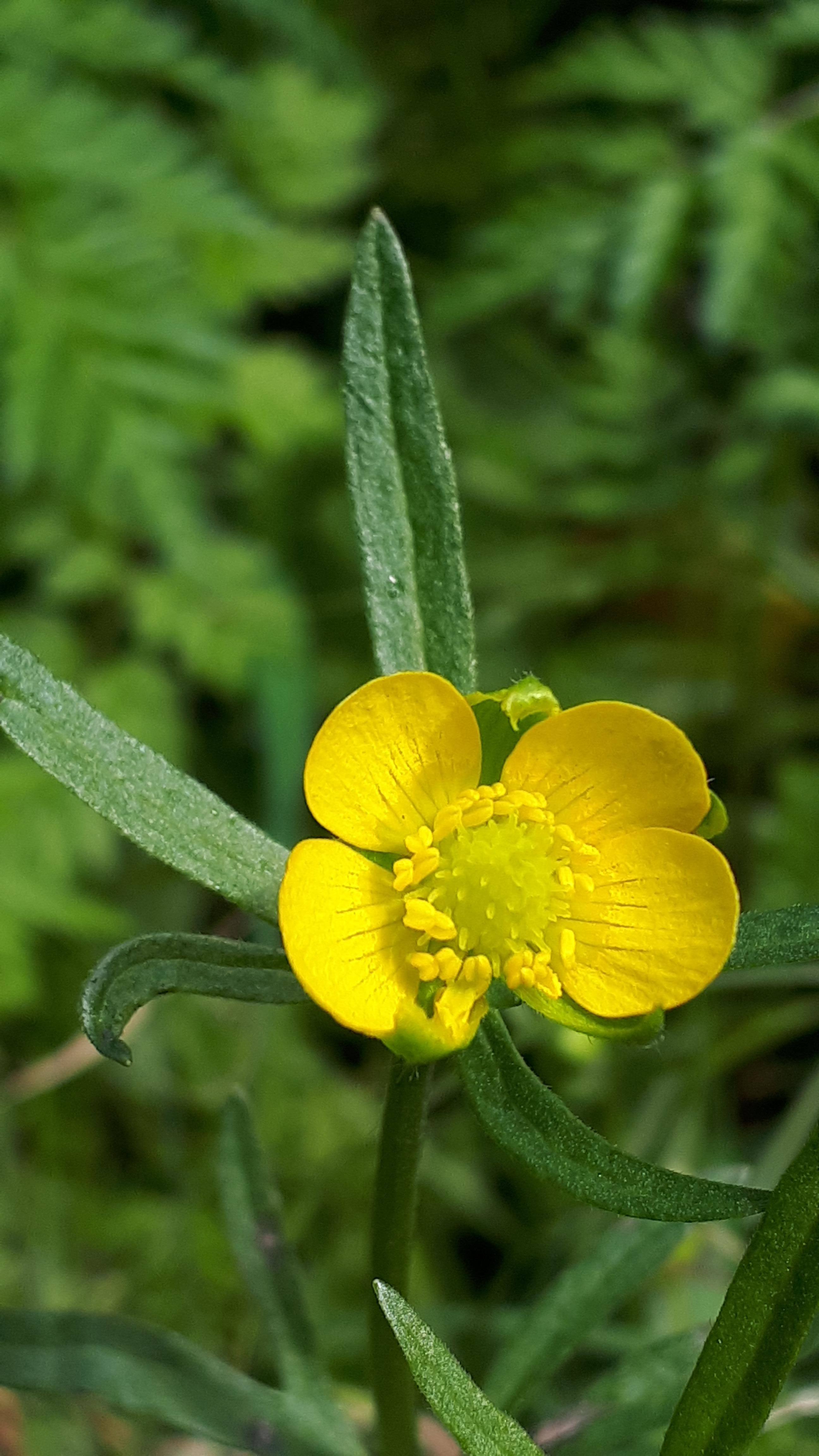
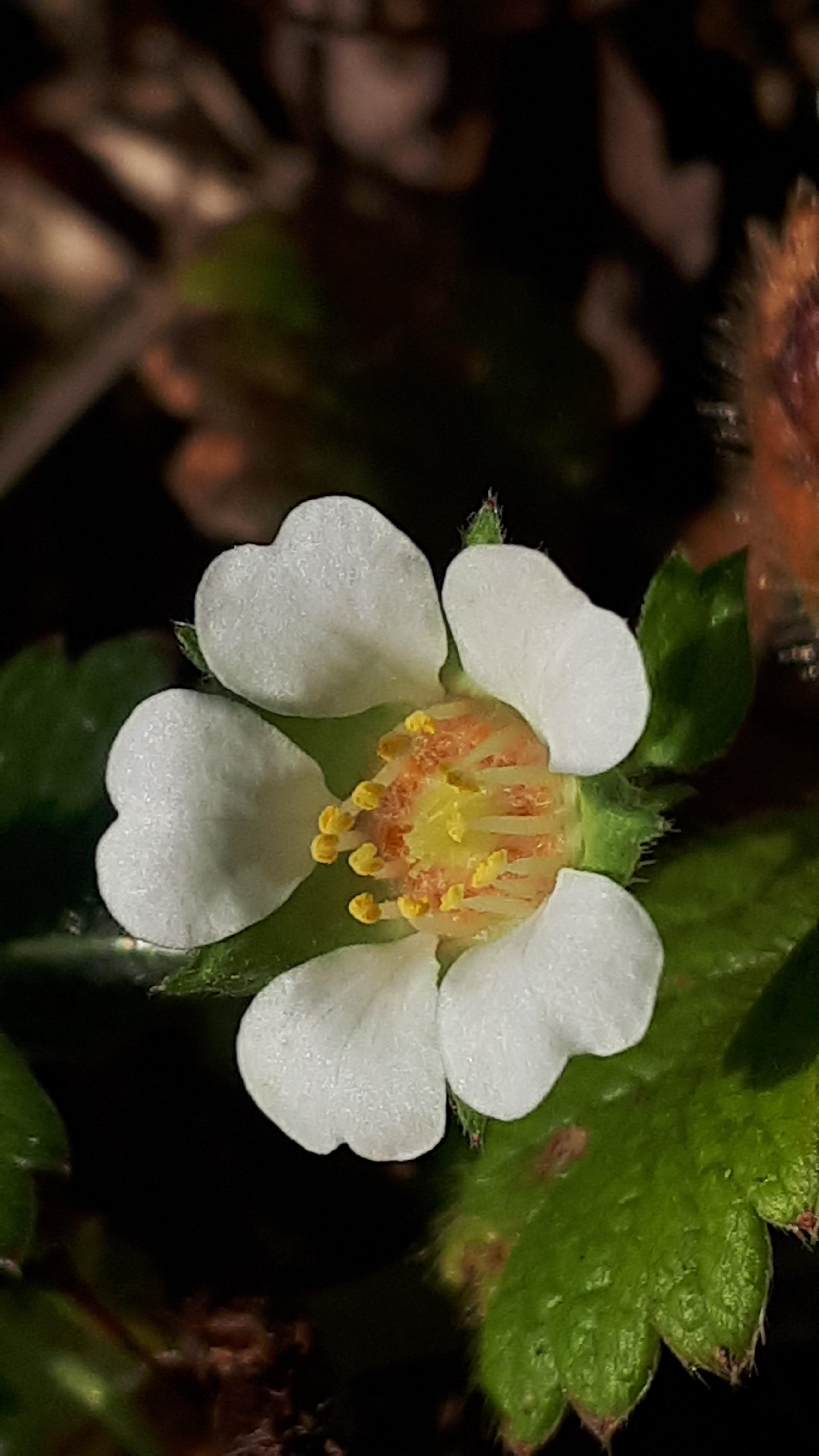
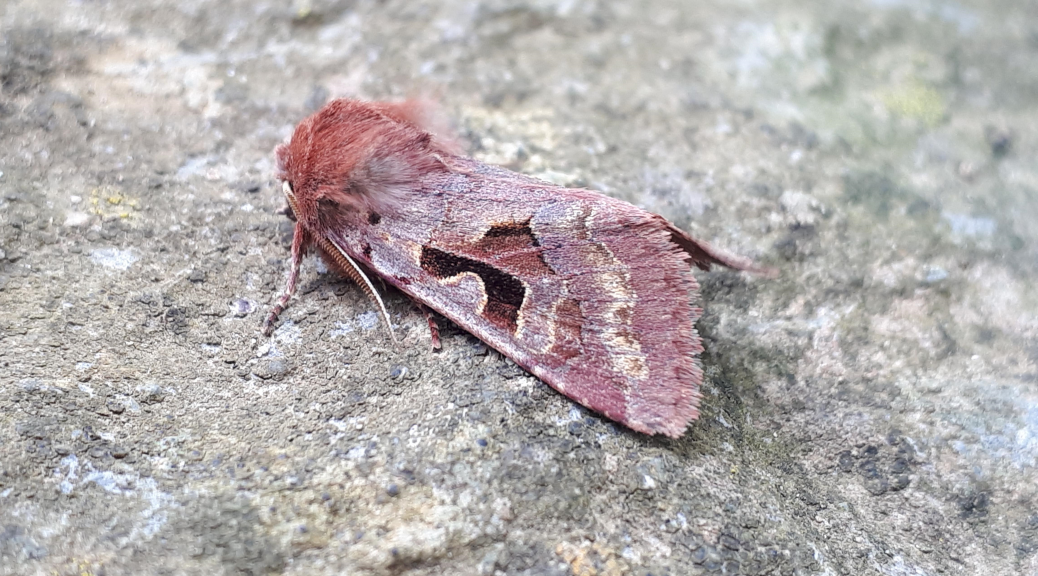
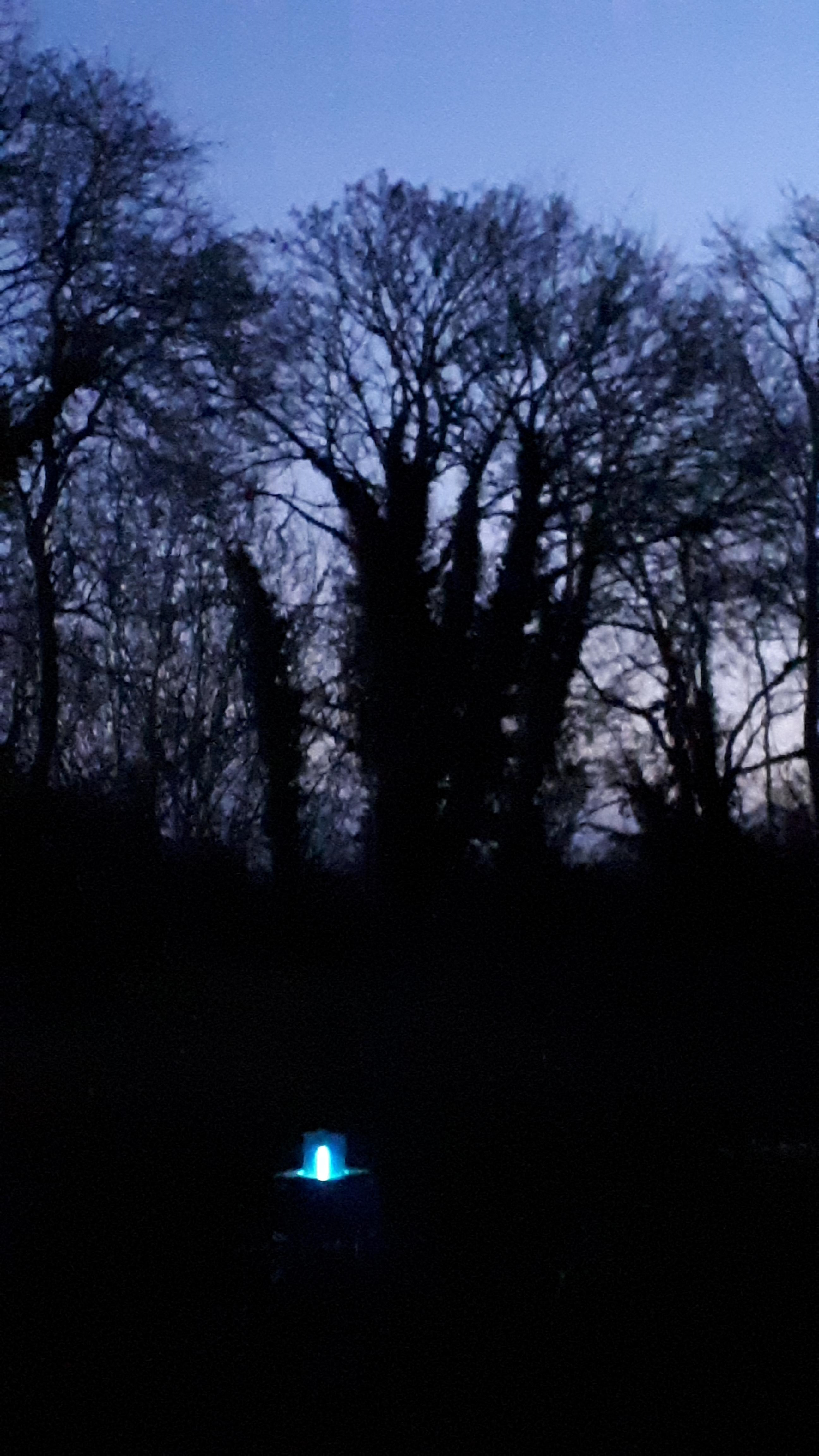
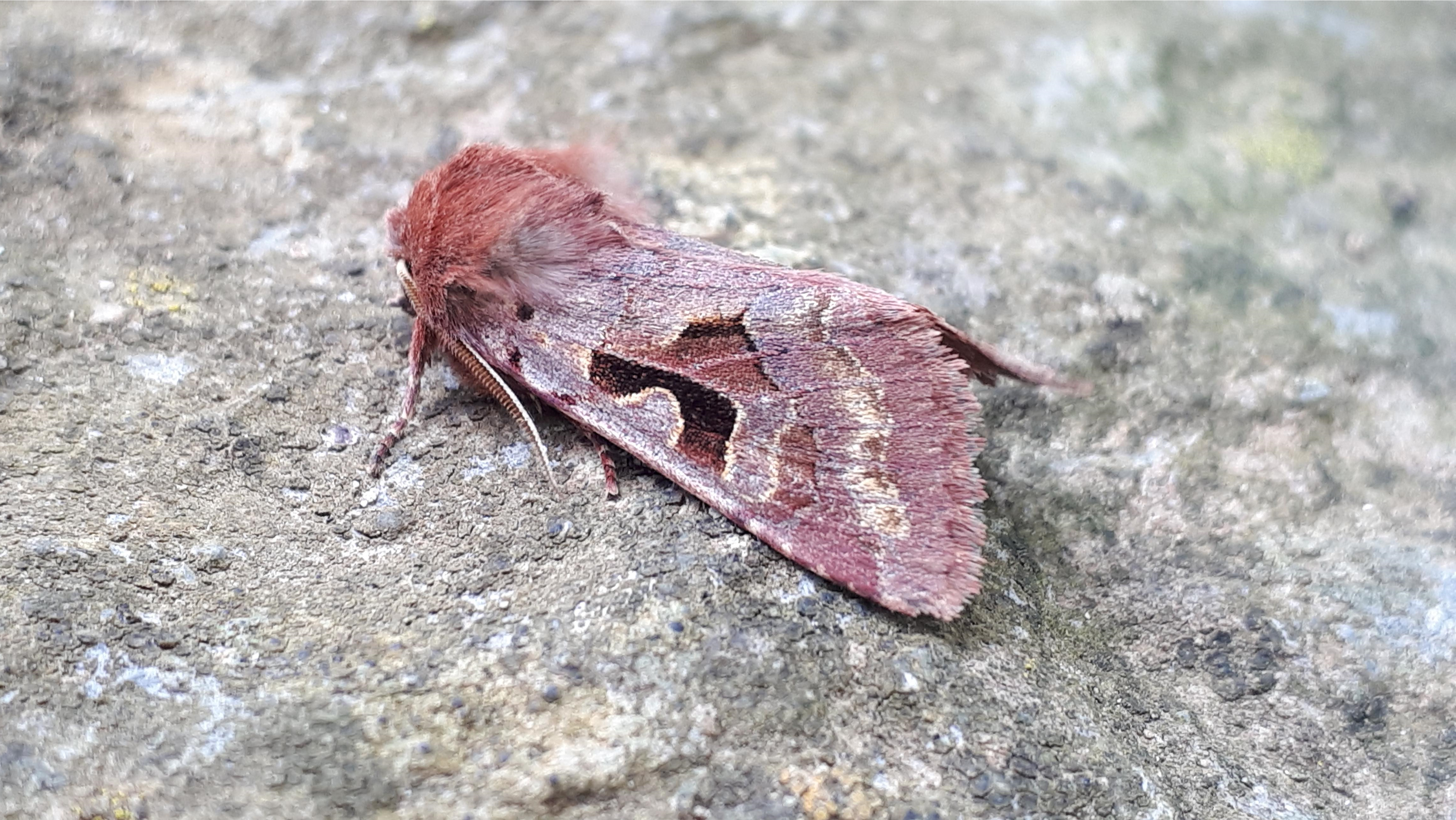
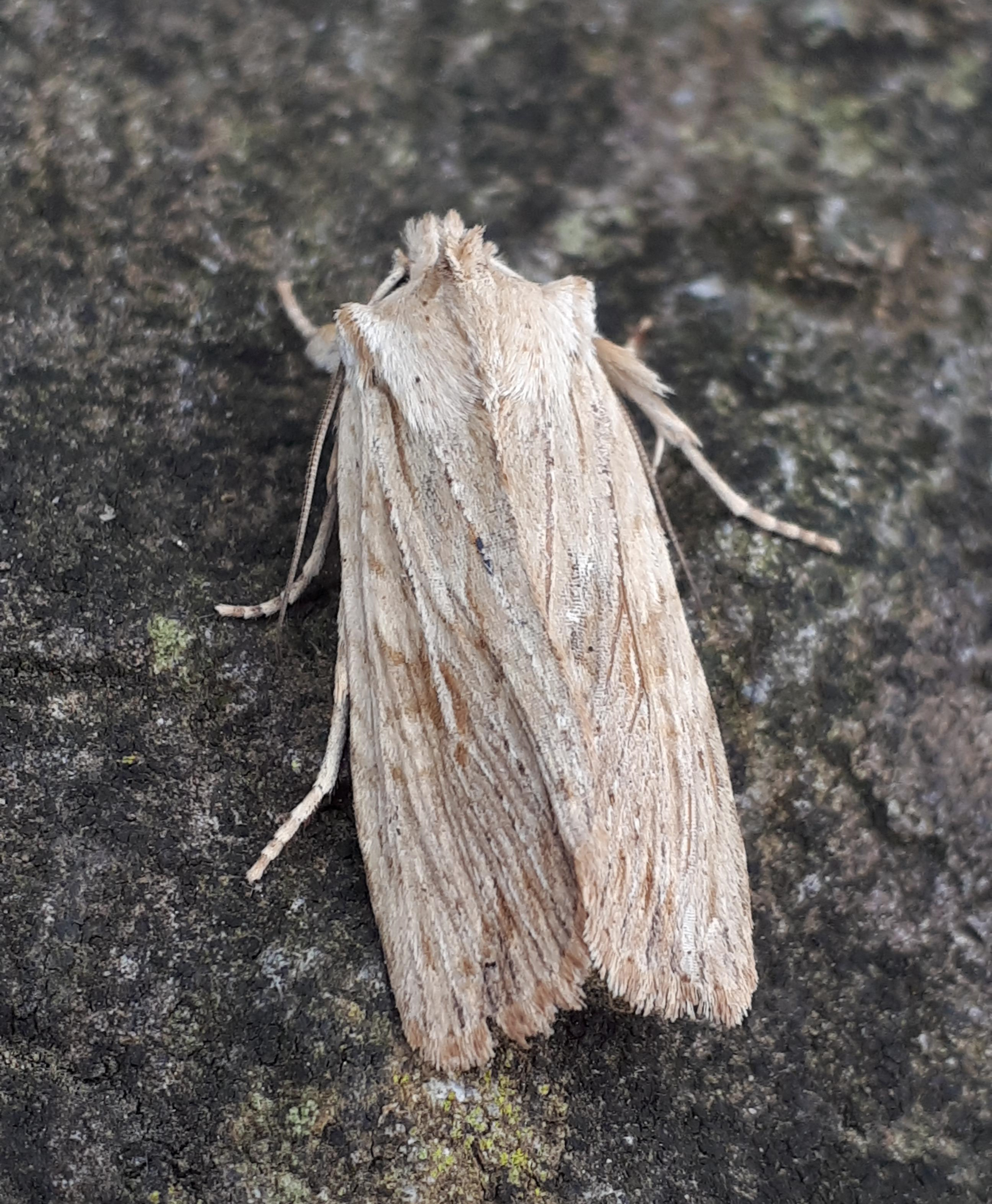
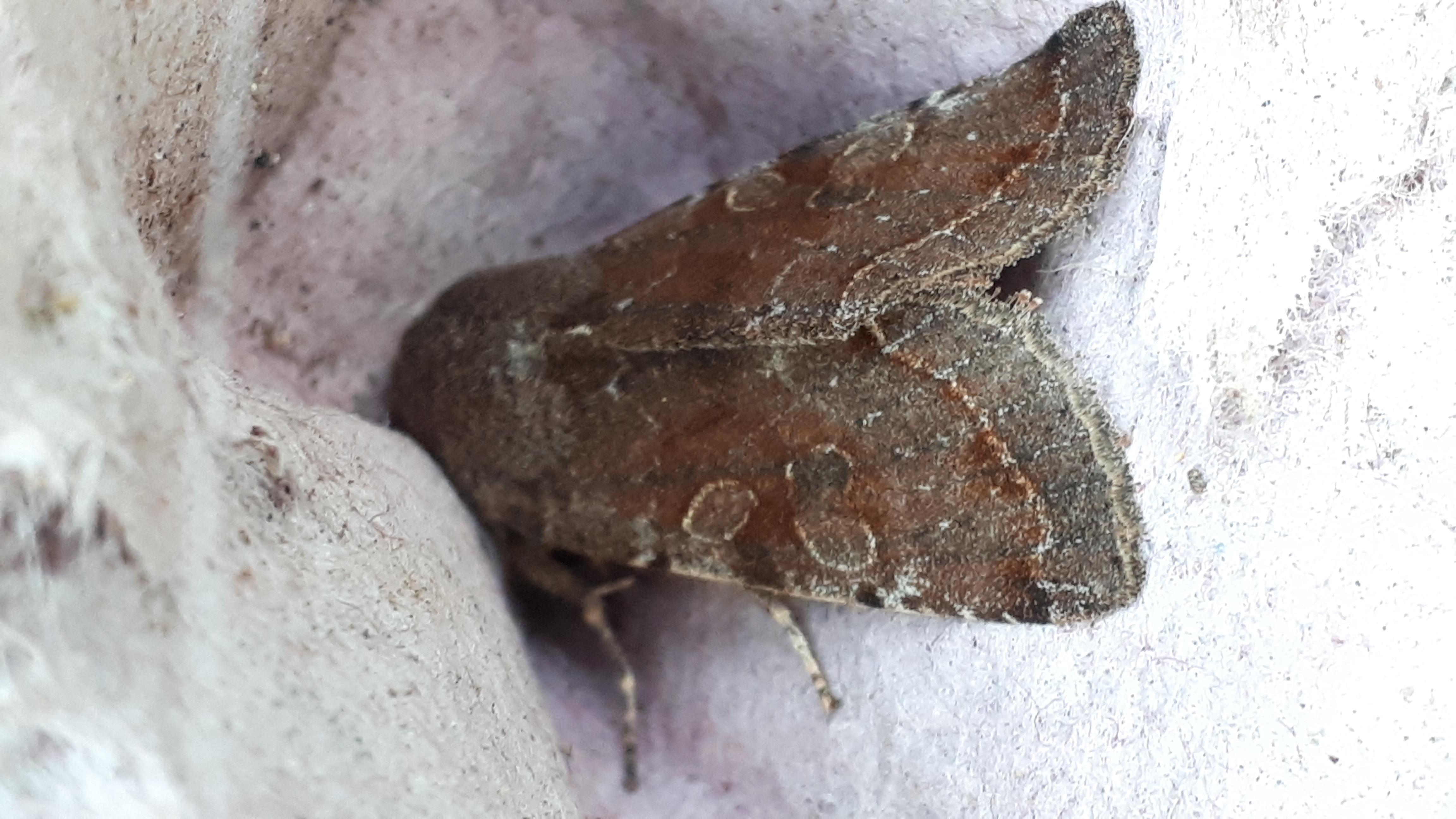
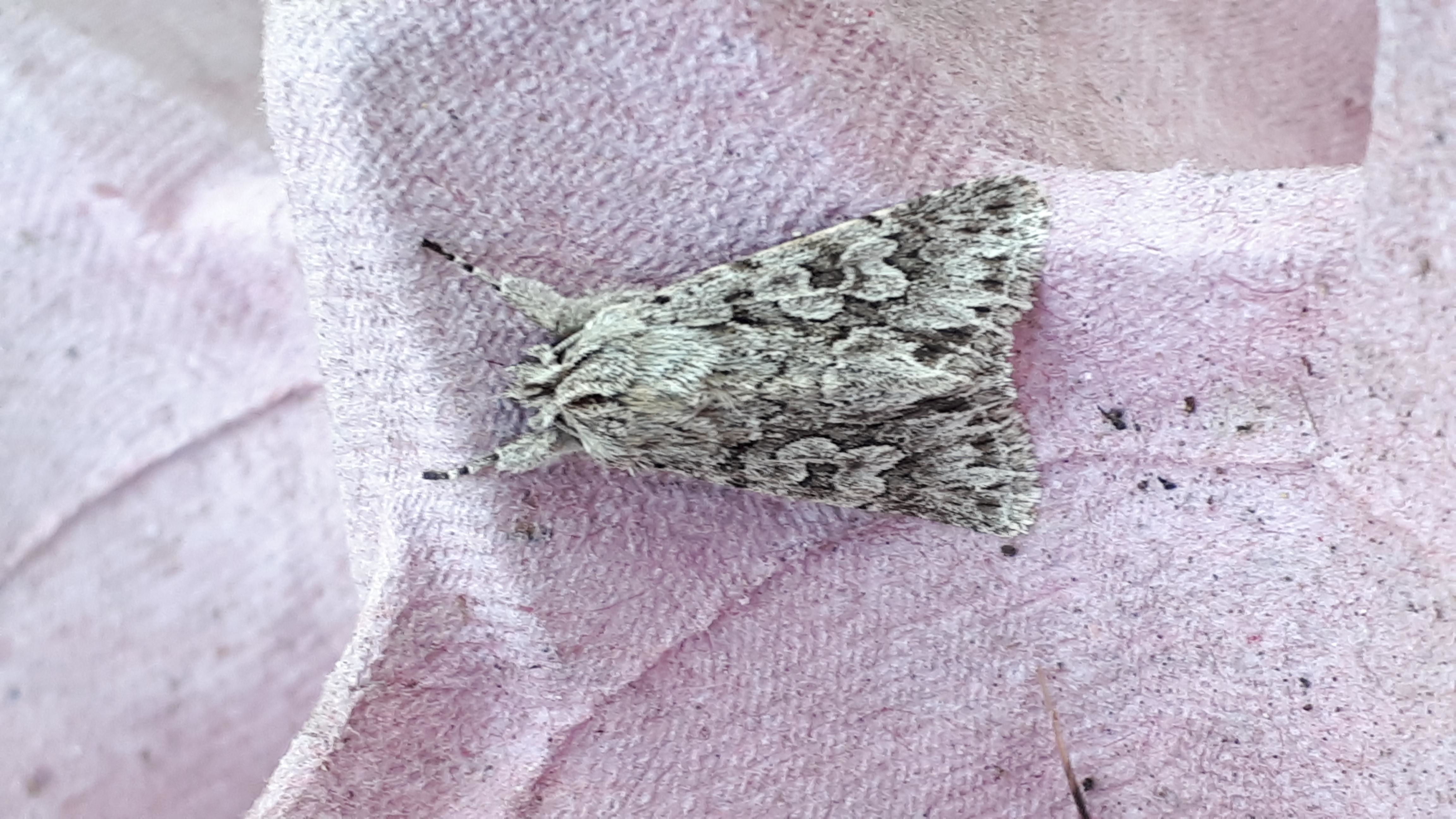
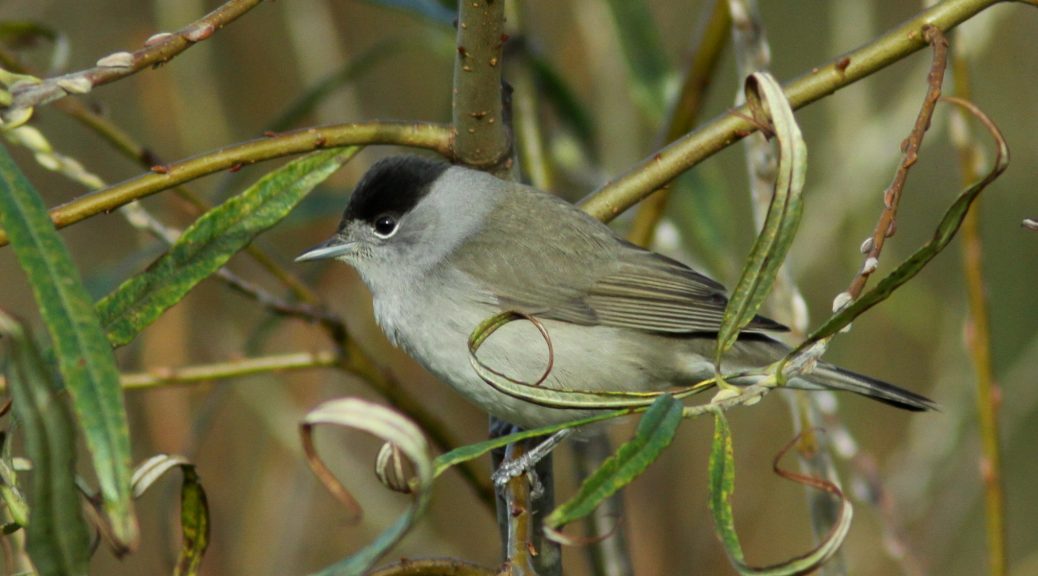
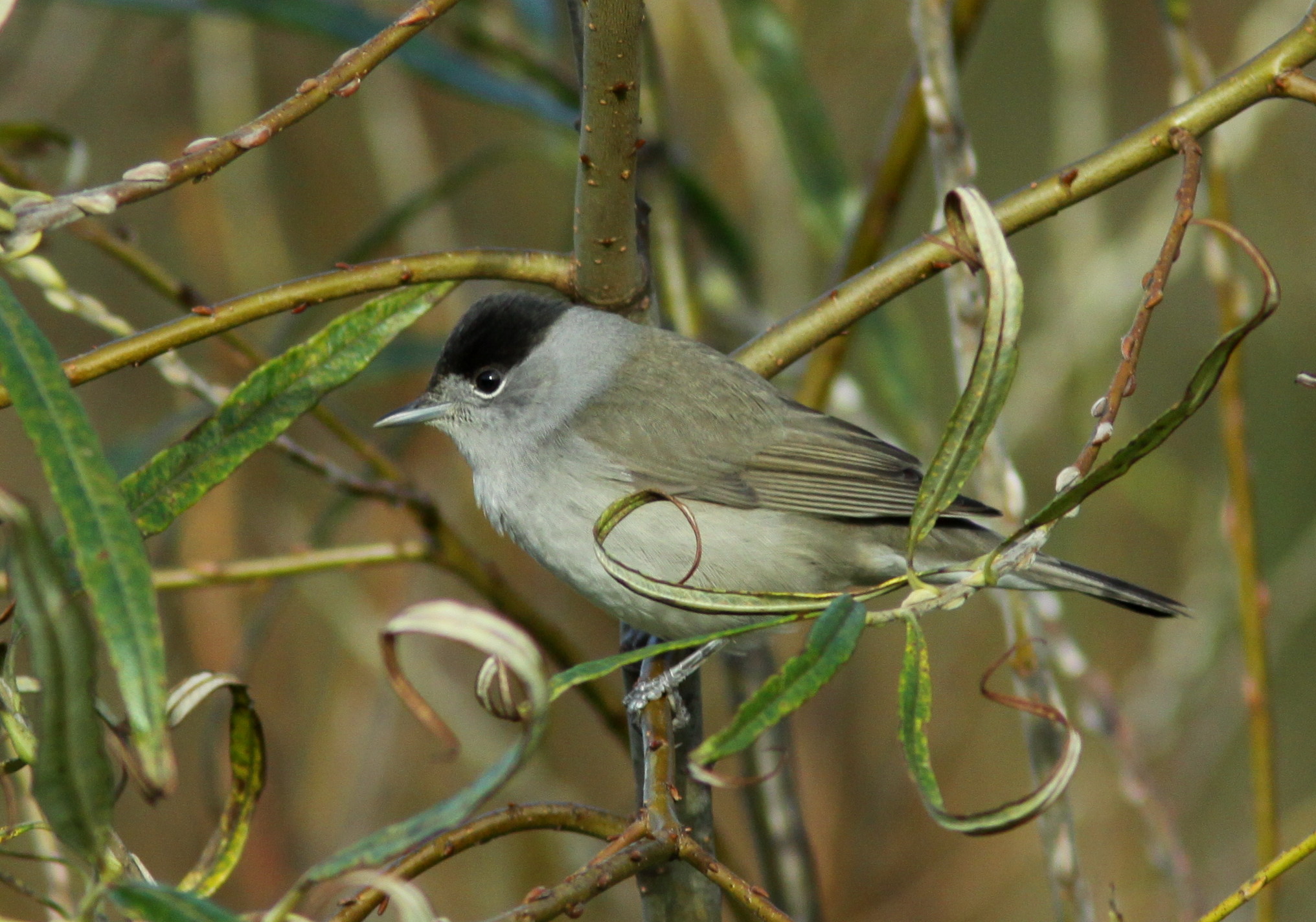
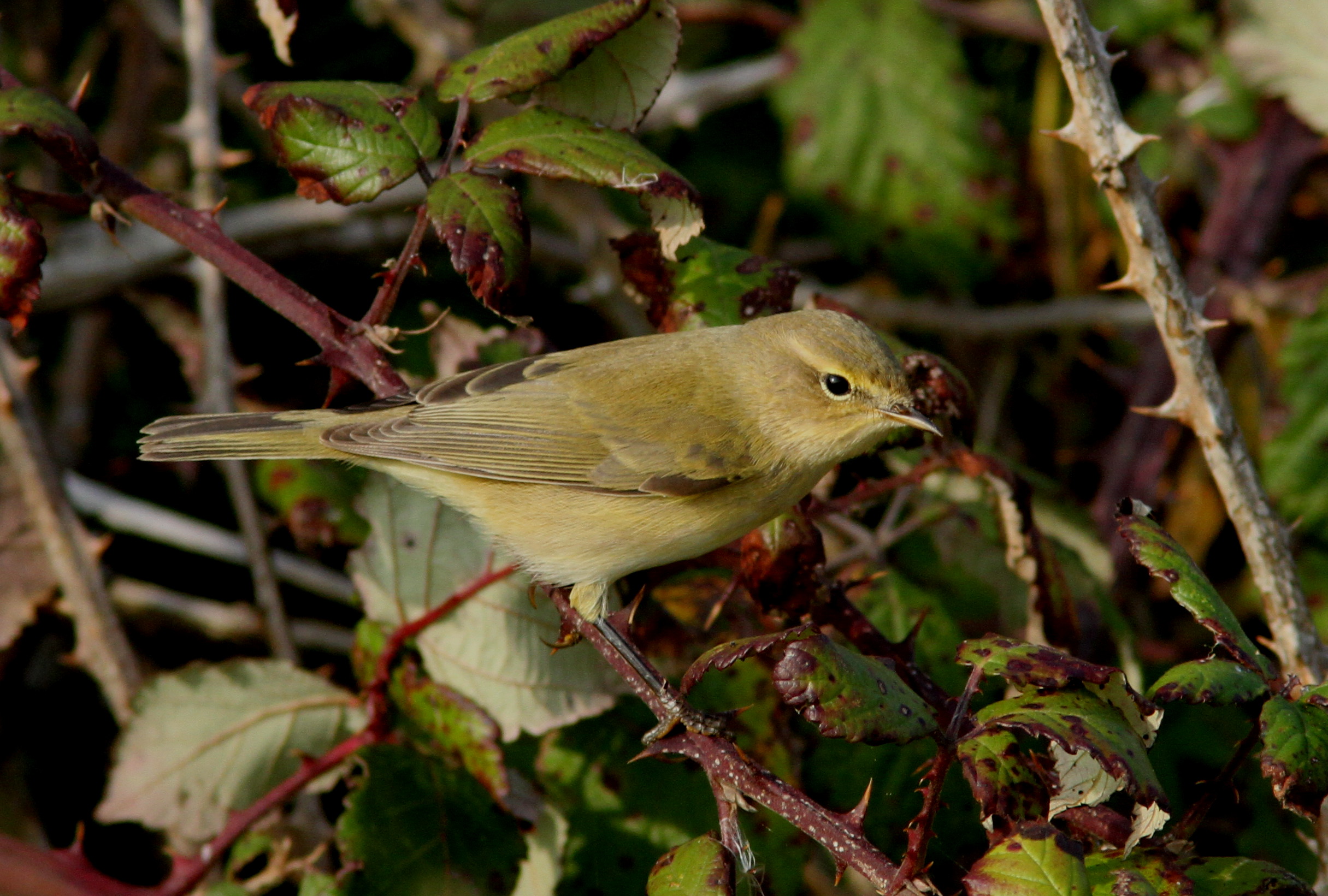
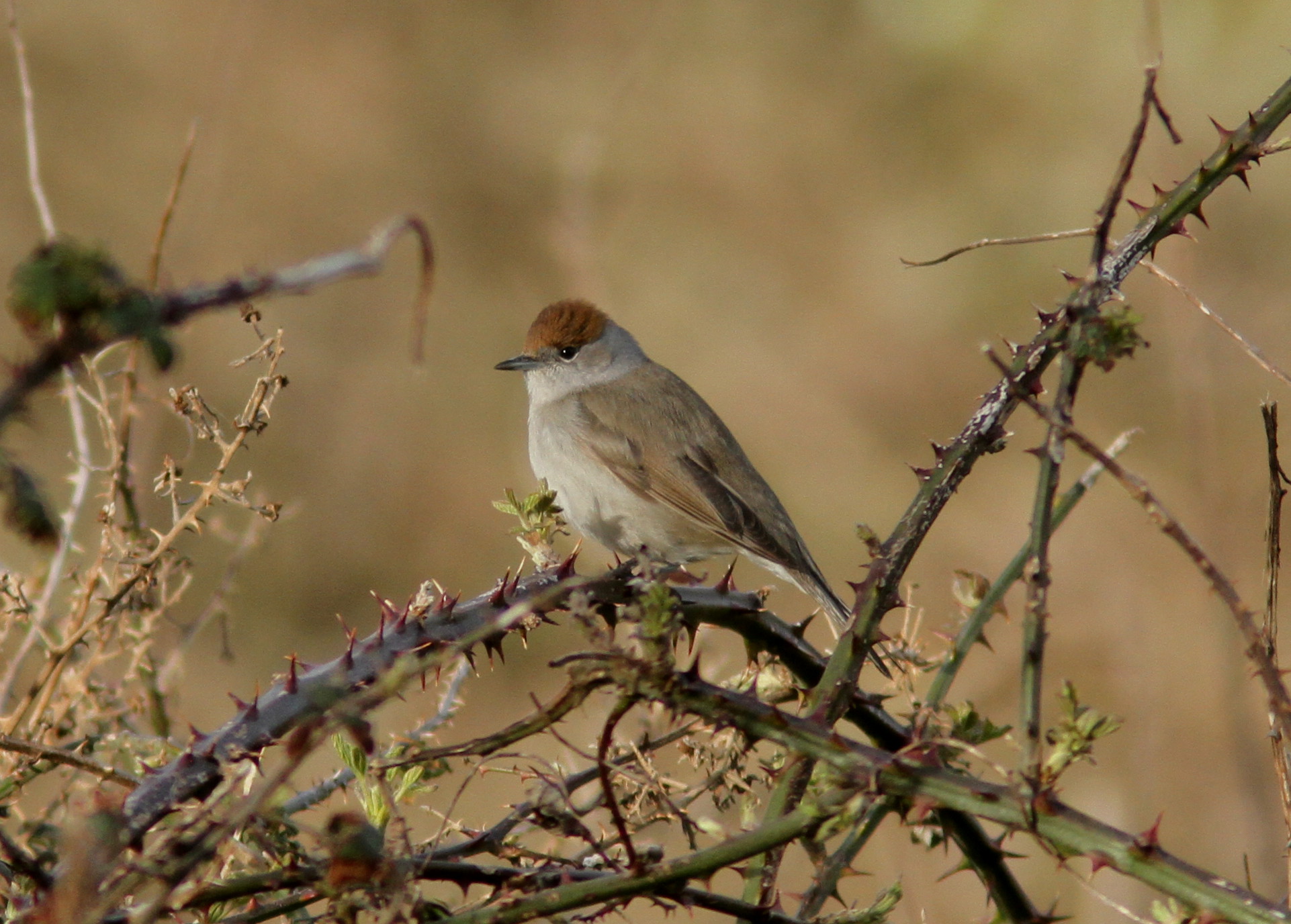
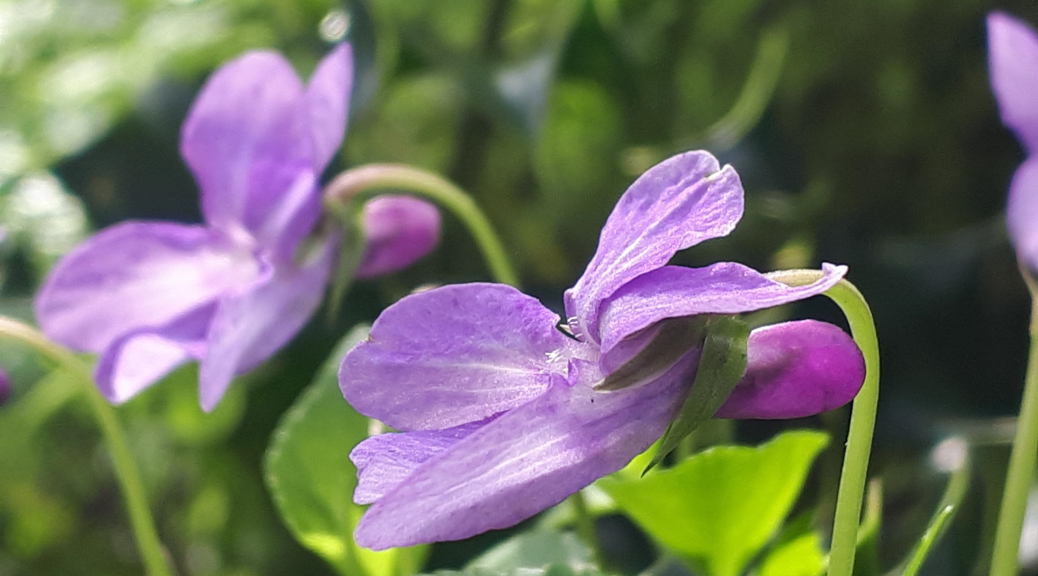
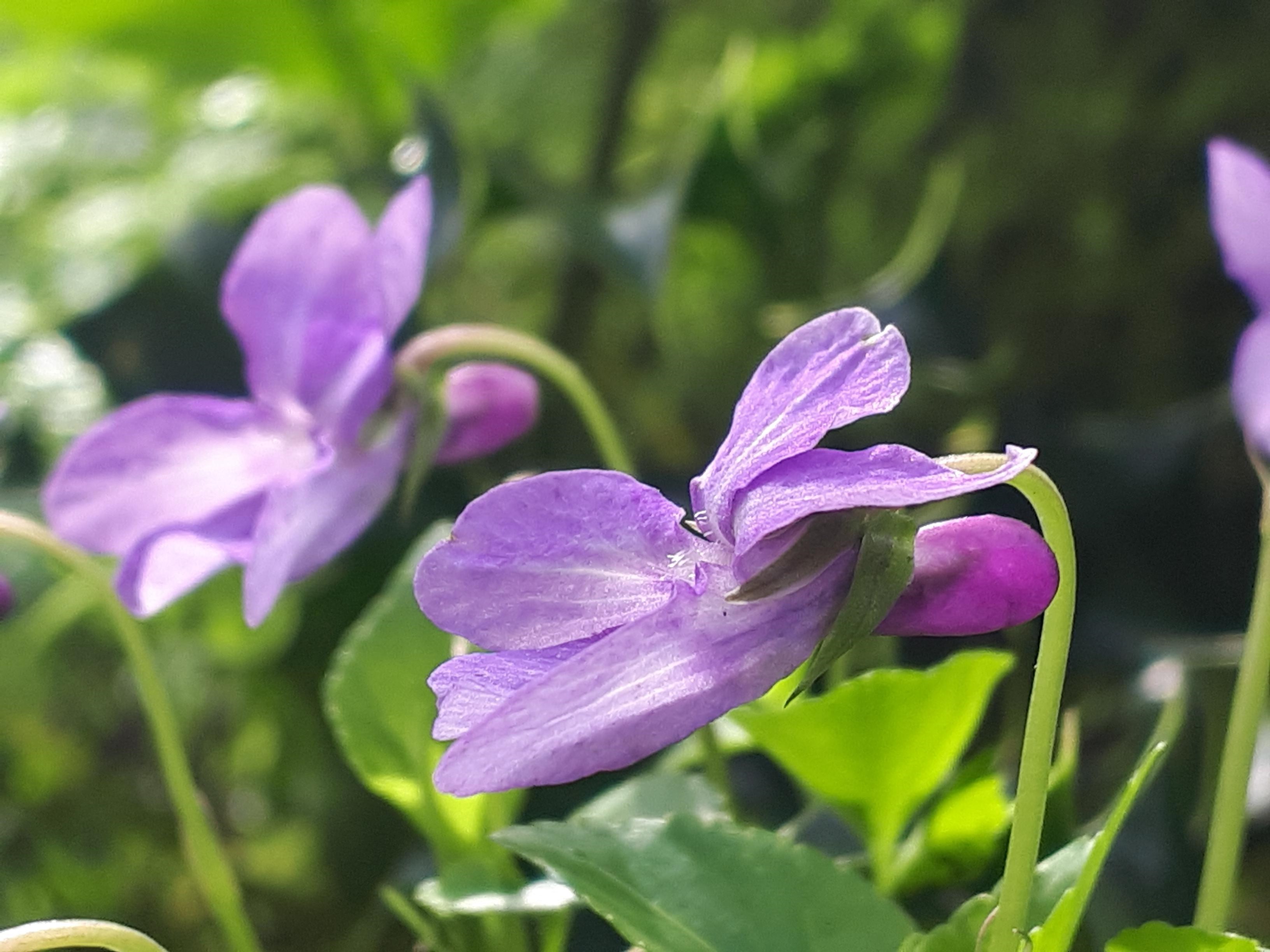
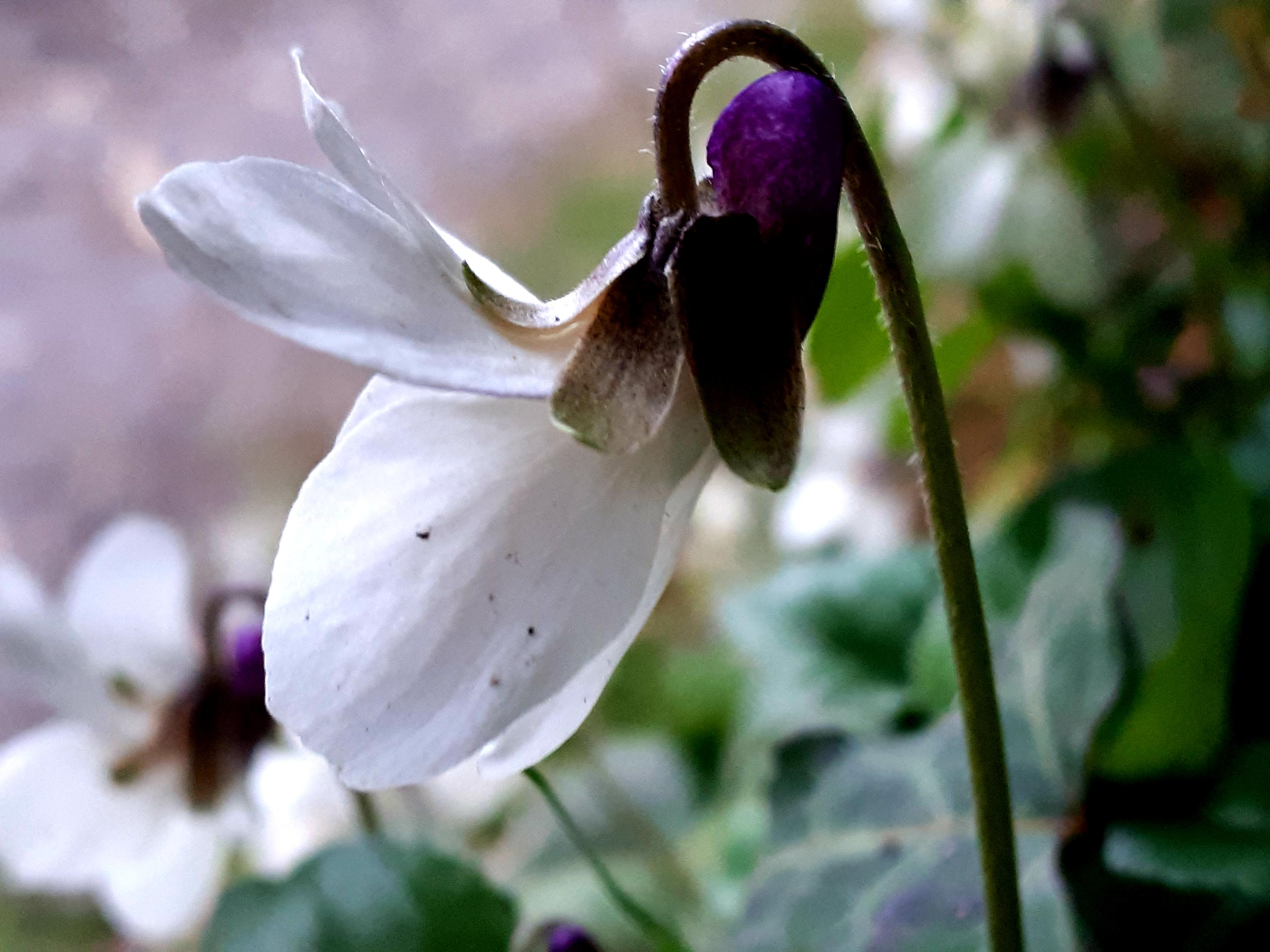
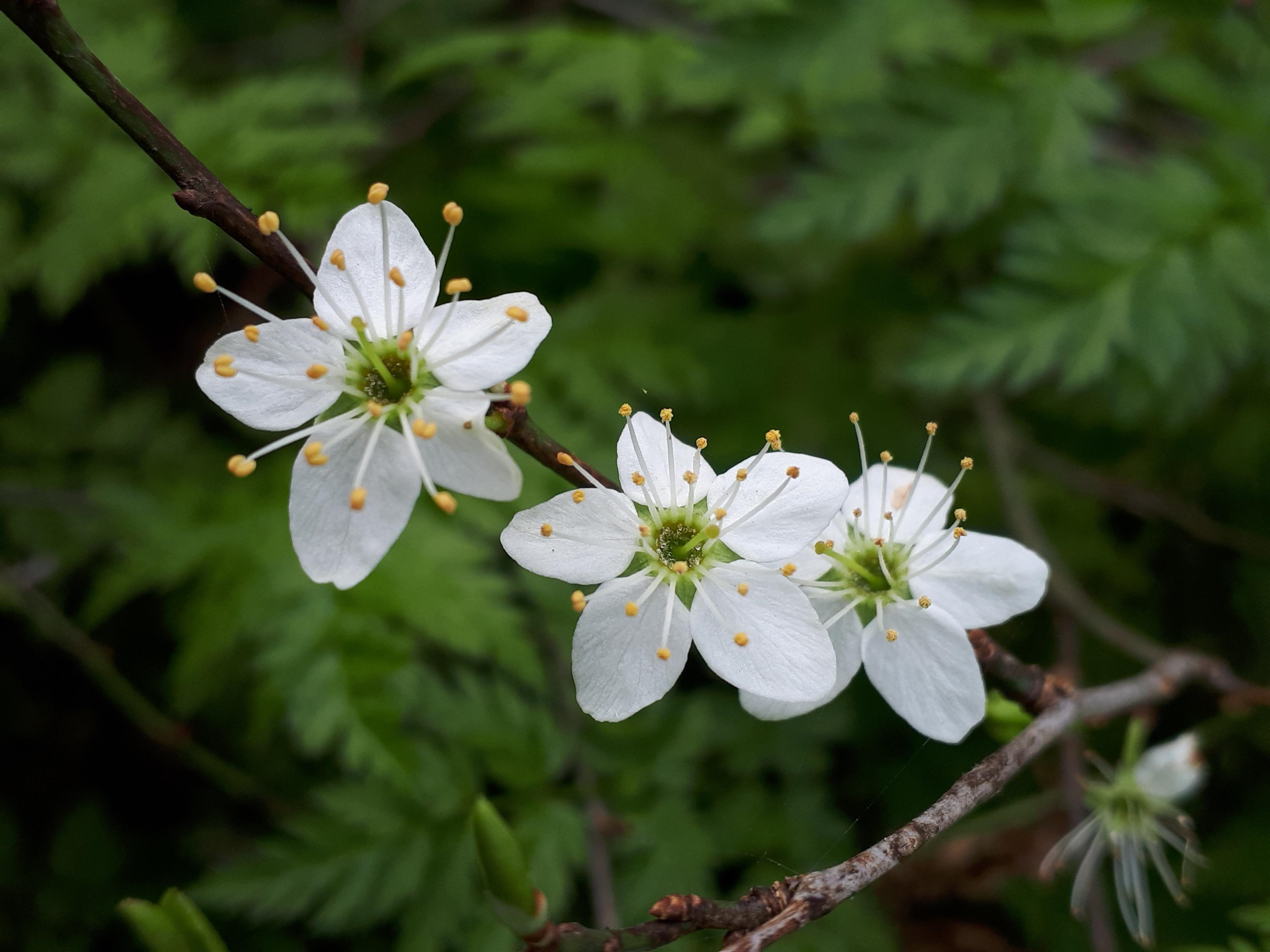
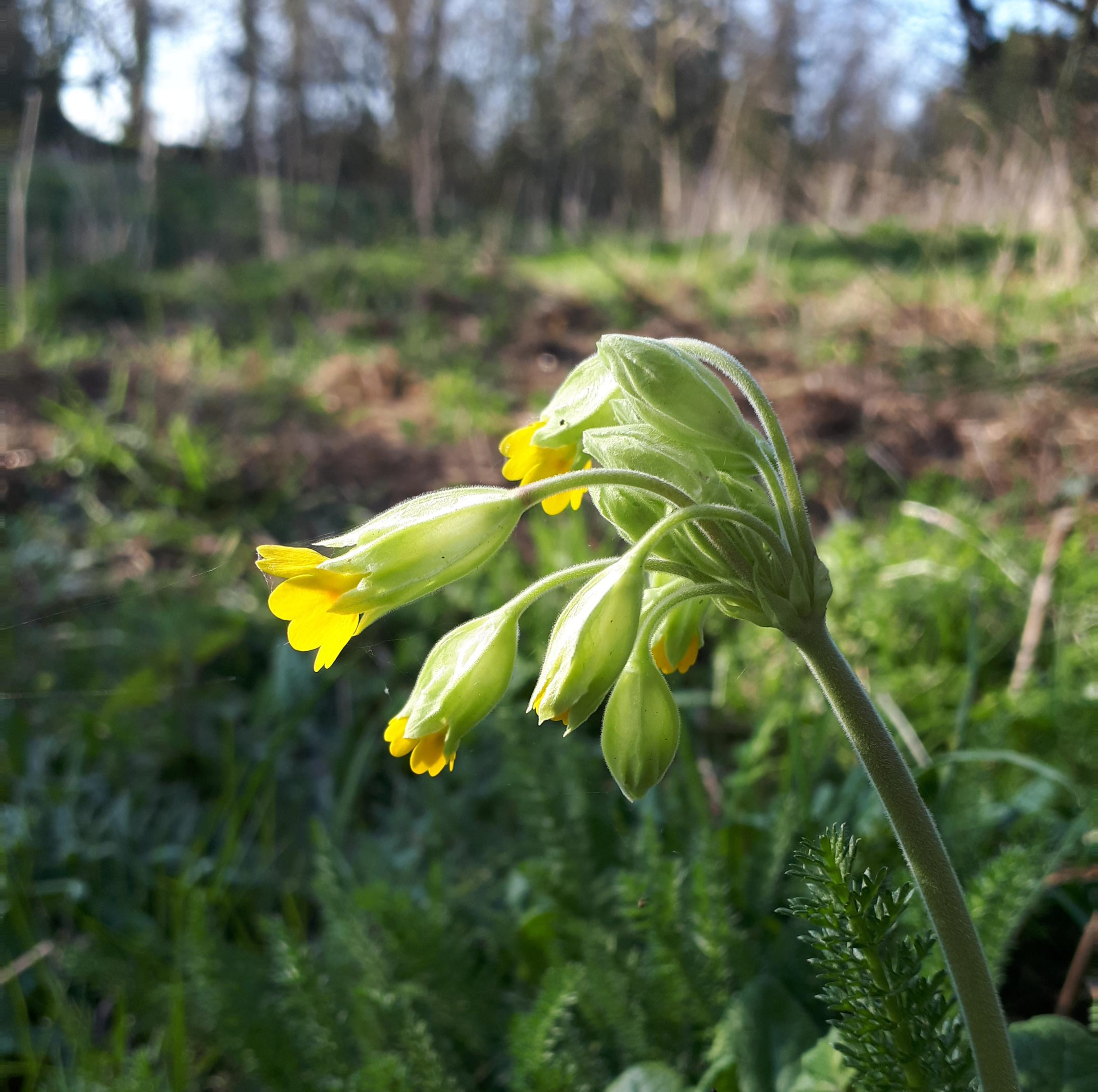
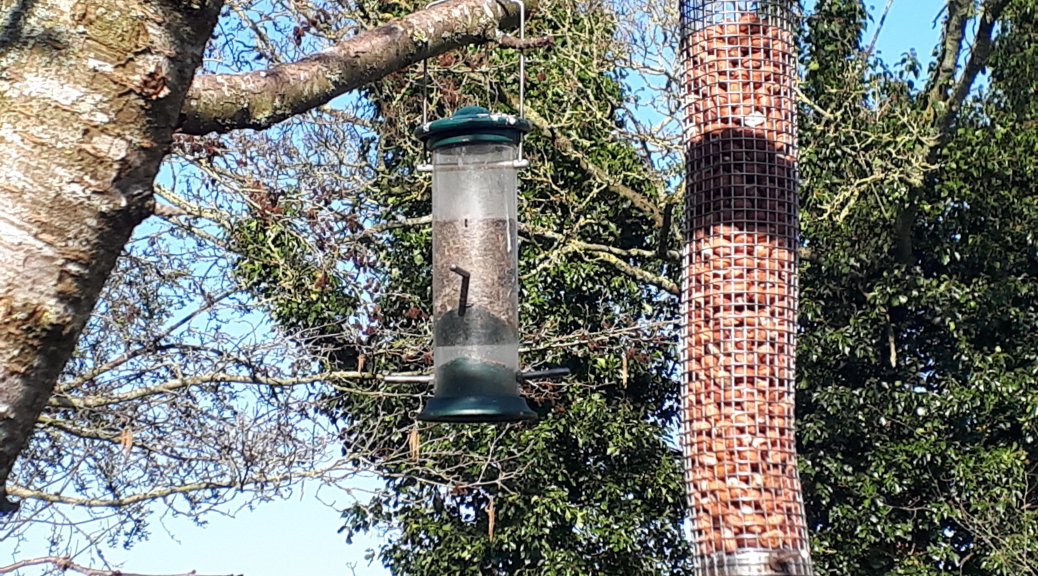
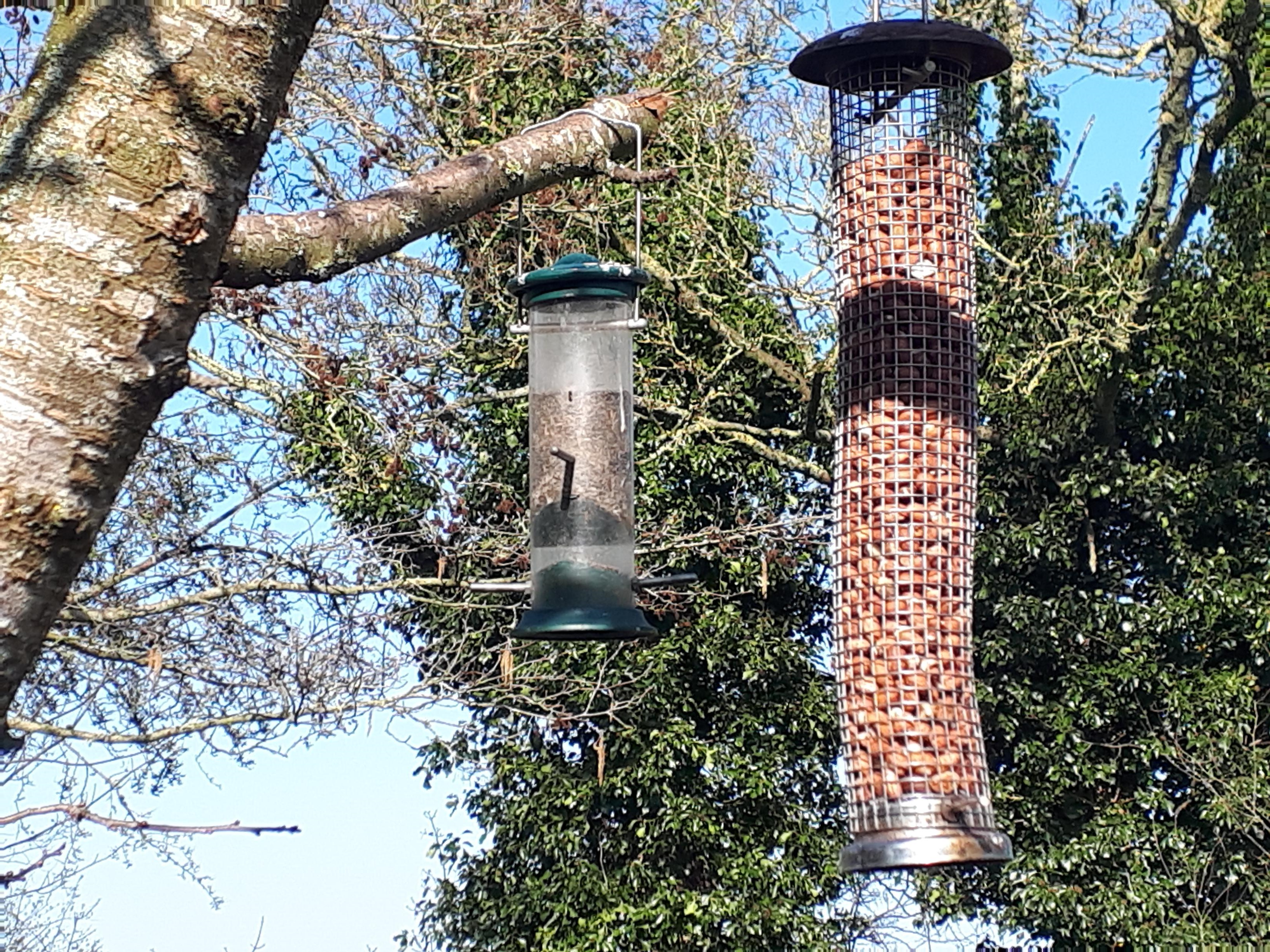 There is no better way to enjoy the birds in your garden than to put up feeders or put out food to attract them. That way they come to you, rather than you having to seek them out. We do not overdo the feeders; we have a large peanut feeder and another with niger seeds that we keep topped up only in winter and spring. In our yard there are also plenty of opportunities for food theft by the birds from the grain put down for the ducks; did I mention that we have ducks? Watching the different birds’ behaviours around the feeders given an insight into the different roles that different species play, or what scientists call an ecological niche. Think of a niche as an occupation or a job that is done. The great tits and blue tits tend to be masters of the peanut feeder, aggressively guarding their larder and easily raiding it by using the strong pointed bills to peck at the nuts. Only the larger greenfinches seem unperturbed by the tits, ignoring them and feeding whenever they like. The greenfinch has a larger more powerful bill, with which it levers out broken nuts from the wire mesh with ease. At quieter times, the gentler chaffinch and house sparrow nip in for a nibble. Goldfinches have the niger seed feeder to their own; their only quarrel is with each other. Their long slim bill has evolved to eat small seeds, so picking out the small black seed, tweezer-like, through the narrow slits is their specialised job. Meanwhile, on the ground the red-breasted robin and its drab cousin the dunnock quietly go about their business mopping up the leftovers that fall from the feeders above. This is how nature works in our garden. All the food resources that we put out for our garden birds are used up, with different species getting their different share of the feast, and nothing is wasted. Of course, that is until the starlings arrive, those bully boys of the garden bird world; when this gang arrives, all others scarper.
There is no better way to enjoy the birds in your garden than to put up feeders or put out food to attract them. That way they come to you, rather than you having to seek them out. We do not overdo the feeders; we have a large peanut feeder and another with niger seeds that we keep topped up only in winter and spring. In our yard there are also plenty of opportunities for food theft by the birds from the grain put down for the ducks; did I mention that we have ducks? Watching the different birds’ behaviours around the feeders given an insight into the different roles that different species play, or what scientists call an ecological niche. Think of a niche as an occupation or a job that is done. The great tits and blue tits tend to be masters of the peanut feeder, aggressively guarding their larder and easily raiding it by using the strong pointed bills to peck at the nuts. Only the larger greenfinches seem unperturbed by the tits, ignoring them and feeding whenever they like. The greenfinch has a larger more powerful bill, with which it levers out broken nuts from the wire mesh with ease. At quieter times, the gentler chaffinch and house sparrow nip in for a nibble. Goldfinches have the niger seed feeder to their own; their only quarrel is with each other. Their long slim bill has evolved to eat small seeds, so picking out the small black seed, tweezer-like, through the narrow slits is their specialised job. Meanwhile, on the ground the red-breasted robin and its drab cousin the dunnock quietly go about their business mopping up the leftovers that fall from the feeders above. This is how nature works in our garden. All the food resources that we put out for our garden birds are used up, with different species getting their different share of the feast, and nothing is wasted. Of course, that is until the starlings arrive, those bully boys of the garden bird world; when this gang arrives, all others scarper.